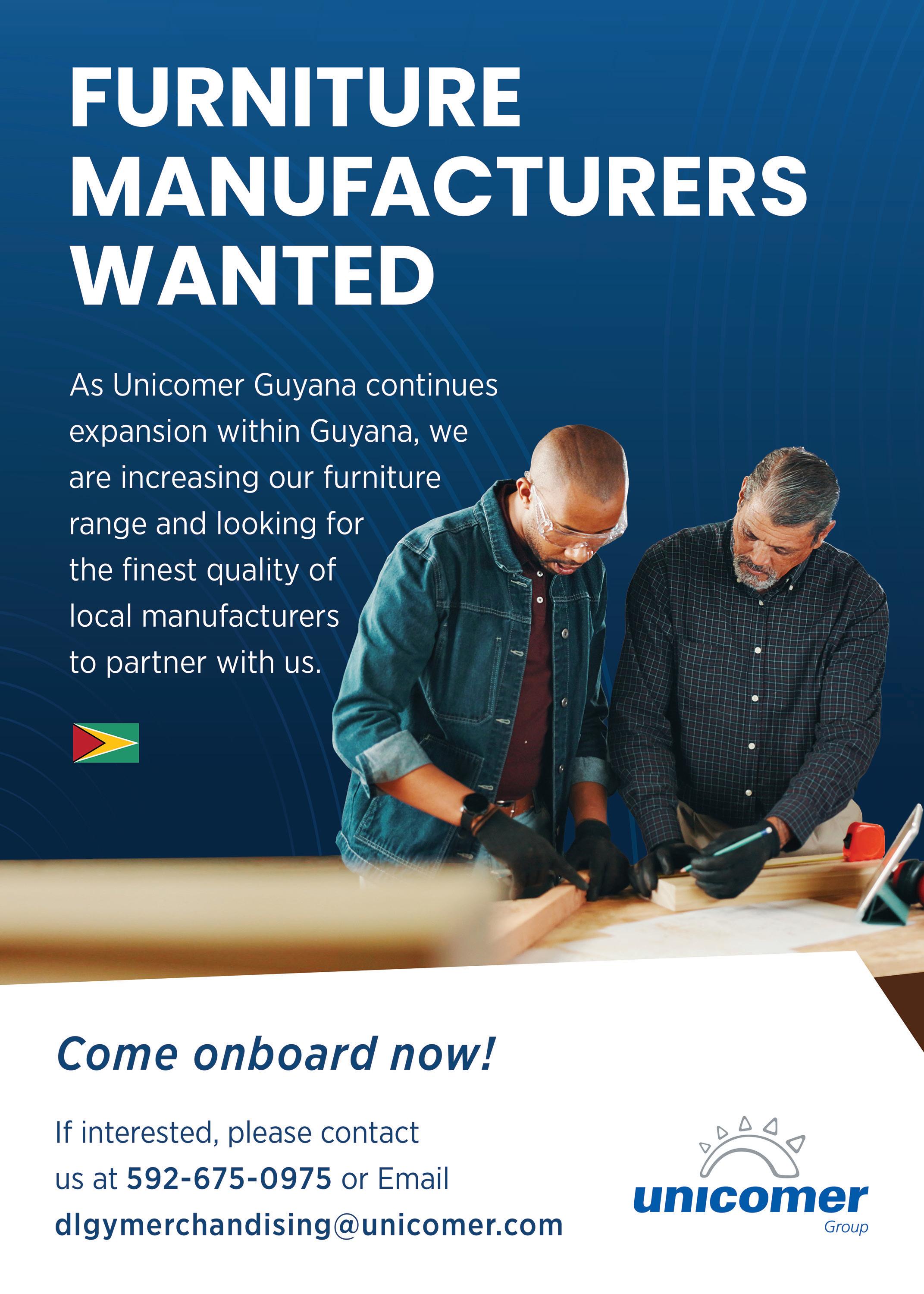From Lockdown Spark to Cultural Shine
One artist’s journey into jewellery design


Sunday, June 22, 2025

One artist’s journey into jewellery design


Sunday, June 22, 2025
By Shaniya Harding
FOR most Guyanese, stray animals are part of the landscape—a neighbour’s dog wandering through the gate or a familiar cat curled on the front step. But when these animals fall ill or suffer injuries, their chances of receiving proper medical care are slim. That’s where Dr. Nardeo Bassoodeo steps in. Veterinarian, rancher, consultant, and
community advocate Dr. Bassoodeo has dedicated his life to animal welfare. His most recent mission, establishing a full-service veterinary hospital on the East Coast of Demerara, is not just about treating pets—it’s about reshaping how Guyana views and responds to animal health.
A life built around animals Born and raised in Woodley Park and spend-
ing his formative years on a ranch, Dr. Bassoodeo’s bond with animals began early. “I could ride a horse, catch and brand a calf, cook, plant fruits, and wash my clothes from a young age,” he said. That rural lifestyle instilled in him a sense of responsibility, not just to himself, but to nature and the animals that call communities home. Today, he still owns a ranch and balances a multi-faceted
TURN TO PAGE IX

Dr. Nardeo Bassoodeo has dedicated his life to animal welfare. His most recent mission establishing a full-service veterinary hospital on the East Coast of Demerara is not just about treating pets. It’s about reshaping how Guyana views and responds to animal health
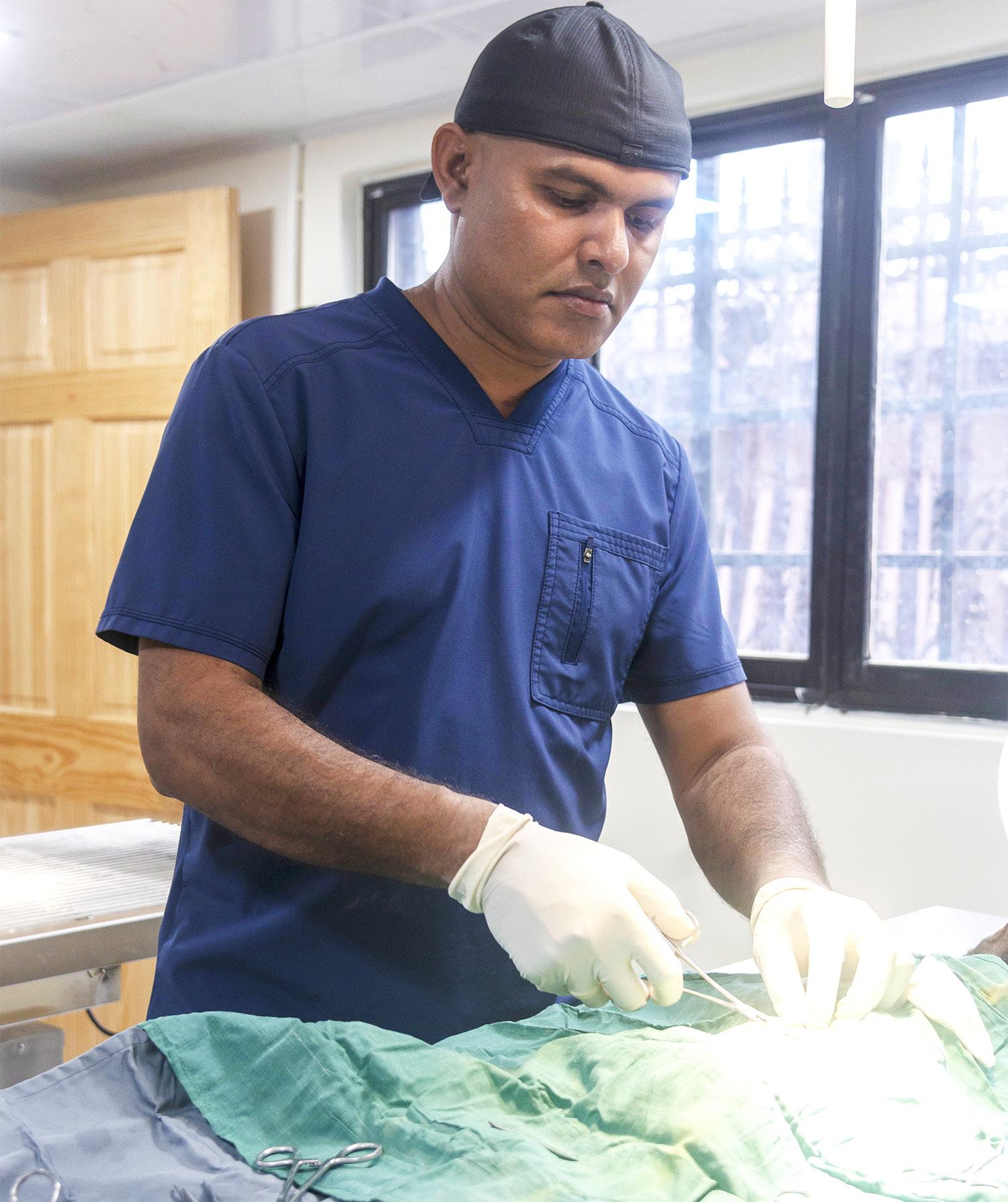

By Shaniya Harding and Nathifa Jeffers
WHEN the COVID-19 pandemic swept across the globe, forcing routines to collapse and industries to pause, Kim Boodhan faced a crossroad. She had recently left her job as a food and beverage supervisor and had just welcomed her newborn daughter into the world in 2020. In that moment of stillness and seismic change, a short,
Kitty, Georgetown—a handcrafted jewellery brand that quickly evolved beyond hobby status.
In her living room, with no formal training, Kim began threading together not just beads and metal but an identity. With each piece being carefully crafted, Kim created unique messages and stories waiting to be worn.
The early days were mere “beautiful chaos.”
Armed with determination and tutorials from YouTube, Kim built
“I had to learn fast, and, thankfully, my husband stepped in as my business coach. He sees things strategically. He keeps me grounded and reminds me of the bigger vision—building something that lasts.”
The vision was never just financial. It was about creating a brand that reflected her deepest values: creativity, culture, and connection. For Kim, jewellery isn’t just a fashion statement—it’s a form of storytelling, which was featured in

looping TikTok video shifted her trajectory.
“It all started with a TikTok video,” she shared. “I had just had my daughter, and I was looking for a way to stay home with her while still doing something meaningful.”
That spark grew into Marie and Me, located at 84E William Street,
her brand one bead at a time.
But like many firsttime entrepreneurs, she quickly encountered the business hurdles hidden behind the artistry.
“It was frustrating at times—figuring out pricing, where to get materials, and how to stand out,” she added.
recent fashion events like Moonlight Stories, a Guyanese fashion and cultural event showcasing local talent in fashion and art, along with Origins Fashion Festival.
“My designs are inspired by my Guyanese heritage,” she explained. “And I take so much pride in doing it
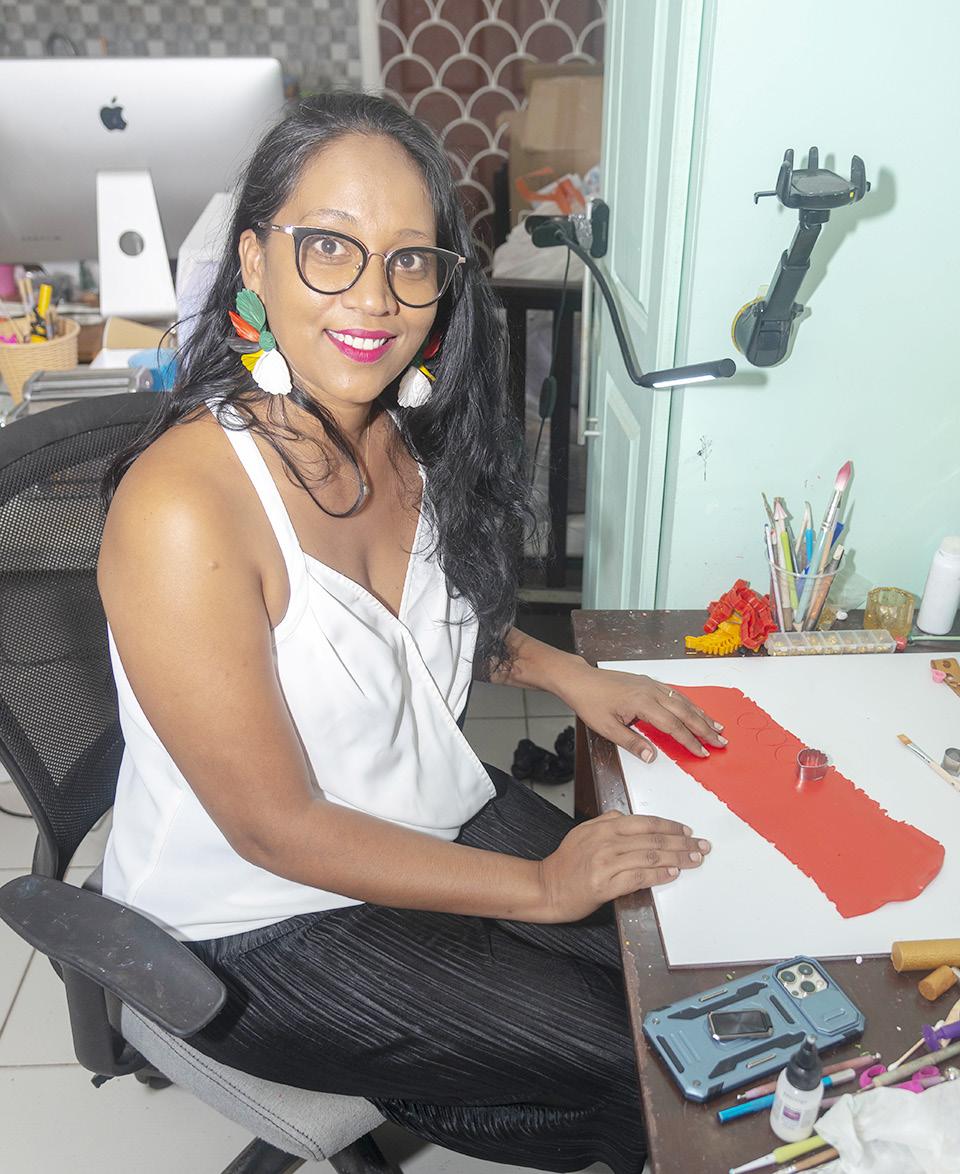
as well—anything that says ‘Guyana’ to it, I’m so humble to make it,” Kim shared. One of her best-selling earrings draws inspiration from a South African visual artist.
“When I saw her art, it just clicked,” Kim recalled. She further added, “There was so much emotion and energy in her work. I wanted to carry that power and expression into something you could wear— something that made people feel bold.”
After receiving such great feedback from the one piece, Kim used the same design concept and created a more three-dimensional (3D)
effect—and it was a success. Her work is deeply layered with meaning, much like the women who wear it. Each piece of clay is kneaded and curated with purpose.
As the buzz around Marie and Me grew, so did Kim’s ambitions. She introduced the concept of an “earring bar” at pop-up markets, offering customers the chance to design their own earrings on the spot. The idea was an instant success—blending creativity with interaction.
“People loved the experience,” Kim said. “It wasn’t just about buying jewellery—it
was about creating something personal.”
Now, she’s preparing to elevate the concept into a permanent space. “I want to turn the earring bar into a full creative studio,” she explained. “Somewhere people can walk in, learn, make, and leave with something that reflects who they are.”
Despite her successes, Kim has encountered one of the most stubborn obstacles for small businesses: lack of support close to home.
“After years in business, I still struggle with support from my
By Michel Outridge
SUSTAINABLE Wildlife Management (SWM) Programme Country Project Coordinator, Oswin David, is enthusiastic about his job, supporting colleagues in the Rupununi region with his input on fish and wildlife conservation, which plays a critical part in Indigenous culture and diet.
David added that the SWM Programme in Guyana is encouraging coordinated, community-driven initiatives that support food security and traditional livelihoods. These will contribute to maintaining healthy fish and terrestrial wildlife populations.
David told Pepperpot Magazine that he is originally from Maruranau, South Rupununi, and has been employed with the SWM Programme Guyana for the past seven years, since the organisation’s inception.
David stated that he graduated from the Uni-
versity of Guyana (UG) in 2012 with a degree in Environmental Studies and Science Conservation.
“I am quite patriotic and an environmentalist who loves the outdoors. Adventures and hiking are a must for me. The best way to protect the environment is to make people fall in love with it. Conservation is not just about policies and regulations, but also about inspiring a love for the natural world in individuals,” David said.
He reported that the SWM Programme is a major international initiative that aims to improve wildlife conservation and food security.
“We are developing innovative, collaborative and scalable new approaches to conserve wild animals and protect ecosystems, whilst at the same time improving the livelihoods of indigenous peoples and rural communities who depend on these resources,” he said.
David added that the programme is funded by
the European Union (EU), with co-funding from the French Facility for Global Environment (FFEM) and the French Development Agency (AFD).
He revealed that it is currently implemented in 165 countries across the world, by a consortium partnership which includes the Centre for International Forestry Research and World Agroforestry (CIFOR-ICRAF), the Food and Agriculture Organisation of the United Nations (FAO), Wildlife Conservation Society (WCS), and the French Agricultural Research Centre for International Development (CIRAD).
Breaking down the programme
David added that in Guyana, the SWM Programme is implemented by CIFOR-ICRAF in close collaboration with the Guyana Wildlife Conservation and Management Commission (GWCMC), with support from local civil society organisations and community representative groups.
He revealed that the first phase of the programme has just been concluded, spanning five years (August 2018 – July 2023), and a three-year second phase commenced in August 2023. However, the project will be extended from August 2025 to July 2026, with additional funding secured.
David said the model promoted by SWM in Guyana fosters co-management models for inland fisheries and terrestrial wildlife in indigenous biocultural landscapes. The project aims to ensure that the Rupununi region (Administrative Region 9) can continue to provide sustainable options for food security and livelihoods that align with traditional lifestyles.
“Simultaneously, it aims to maintain healthy wildlife populations through integrated sustainable co-management models. This can inform a national-level scale-up, which will also serve as an example to neighbouring Caribbean and Amazonian
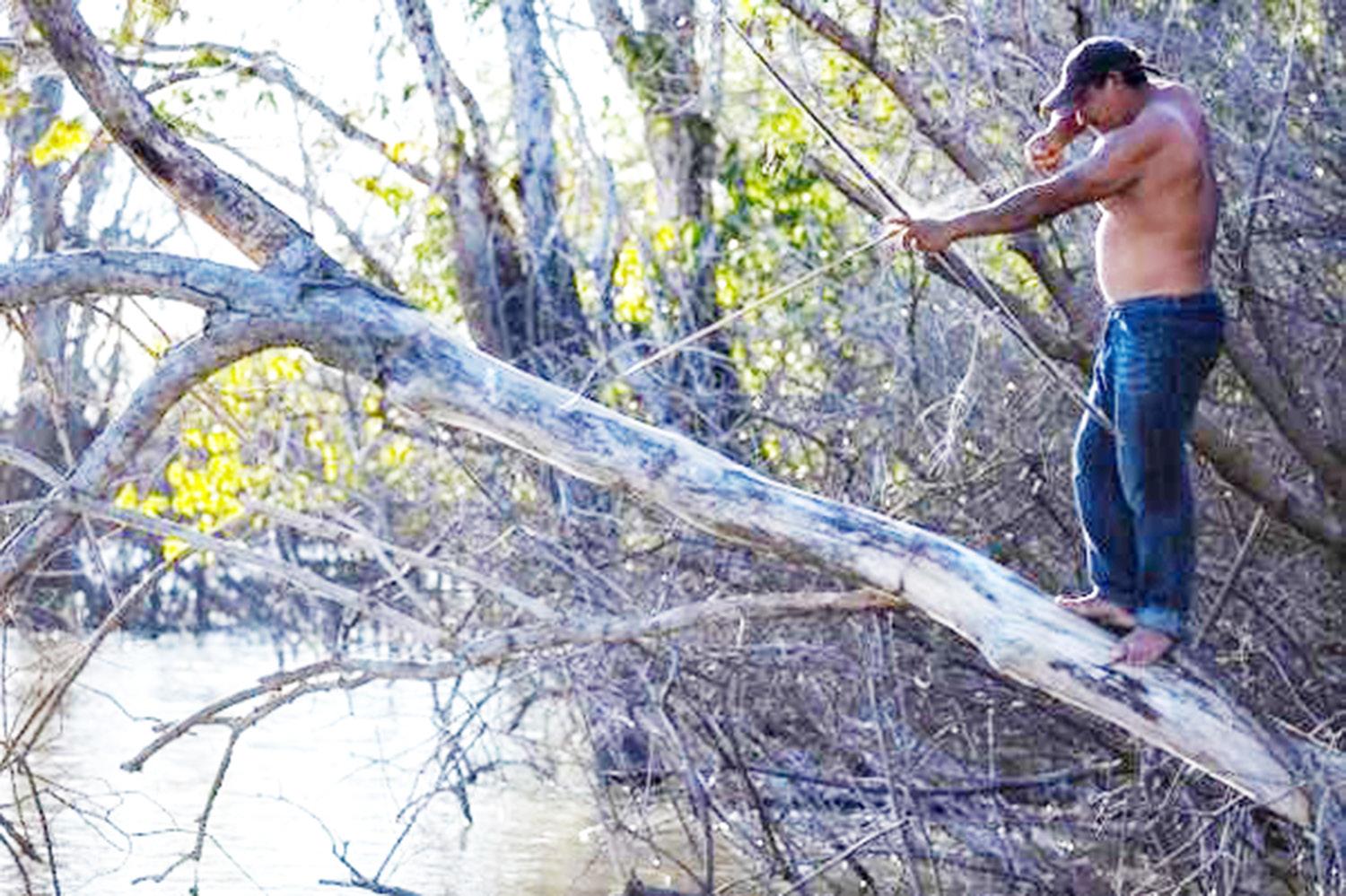
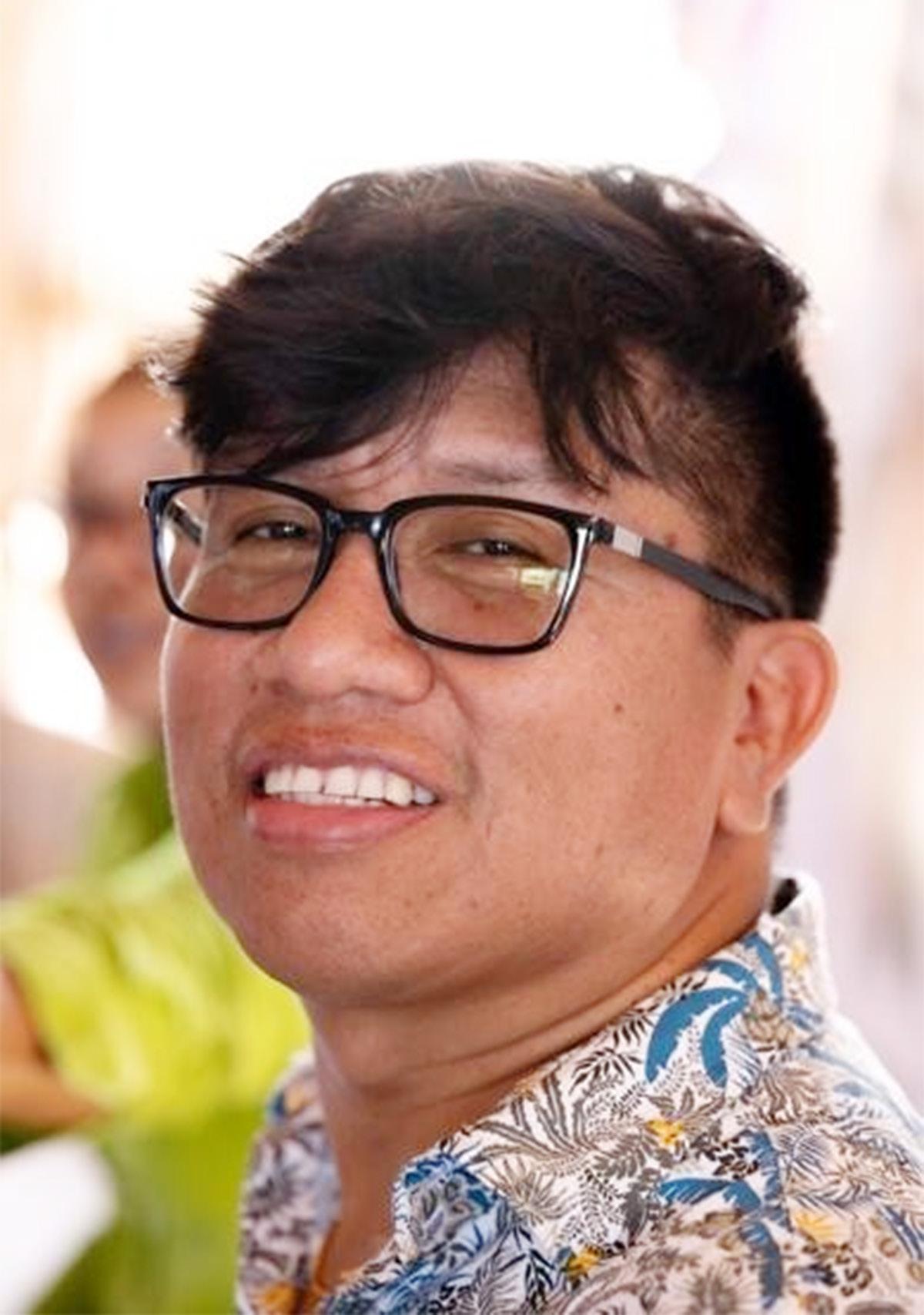
countries,” he said.
David stated that the SWM Programme model in Guyana follows a community rights-based approach (CRBA) adapted to the sites so that local and Indigenous communities are:
1. Ensured equitable participation and inclusion in all project activities;
2. Empowered in their legal use and sustainable management of natural resources; and
3. Strengthened in their capacity to manage and benefit from wildlife.
The approach is based on five principles and tools:
1. Community rights situation analysis;
2. Free, Prior and Informed Consent (FPIC);
3. Six-step approach to achieving gender equality and empowering women;
4. Research ethics;
5. Grievance redress mechanism (GRM).
He noted that the project supported the implementation of the first co-management model for inland fisheries by communities in the North Rupununi since 2019, with support from the North Rupununi District Development Board (NRDDB).
Additionally, a Fisheries Management Plan was created for ten riverine villages in North Rupununi to manage fishing activities over 386 km of
rivers, including the Essequibo, Rupununi, and Rewa rivers.
He noted that the primary goal of the Fisheries Management Plan is to maintain the sustainability of the fisheries in the North Rupununi wetlands and ensure healthy fish stocks for future generations. The first implementation phase (2019–2021) involved assessing and monitoring fish stocks, conducting a baseline assessment of the fisheries sector in the ten communities, and implementing an awareness-raising project to promote good fishing practices.
The outgoing environmentalist told Pepperpot Magazine that, in 2022, the management plan was revised to align it with the revised Inland Fisheries Policy and with recommendations for the amendment of the Inland Fisheries Act. However, in 2023, the new Fisheries Management Plan for the North Rupununi was validated by community members and includes a special section on Arapaima management.
David reported that the project also facilitated the consolidation of the wildlife management committee of the Wapichan territory and the development of the Wapichan Wiizi wildlife management plan
Georgetown Film Festival gears up to spotlight the region’s stories on an international stage
By Shaniya Harding
FILMMAKING in Guyana has seen an influx of new talent into the field, and with new passion comes growth. But this growth is no accident— it is owed to a number of passionate young creatives working both on stage and behind the scenes. One such group is the trio behind the Georgetown Film Festival (GFF). Started three years ago as a non-profit organisation by Akbar Singh, Nickose Layne, and Rae Wiltshire, the team is now working on this year’s film festival. With this year’s festival scheduled for August 7-9, the GFF is putting out a call for submissions from local and Caribbean filmmakers.
Co-founder and Head of Administration and Marketing at GFF, Akbar Singh, spoke with Pepperpot Magazine about the origins of the festival and the behind-the-scenes work that goes into planning this year’s event. As Akbar explained, the GFF began as a non-profit organisation that hosted a series of workshops to introduce newcomers to filmmaking while adhering to international standards.
“The Georgetown Film Festival is a non-profit organisation. We started as a series of workshops funded by a grant from the Ministry of Culture, Youth and Sport. The idea was to build capacity for local filmmakers and spark the development of a film industry here in Guyana. We’ve been around for three years. We produce films, we screen films, we distribute films. Our work has been shown in over 25 countries worldwide,” he shared.
Backed by some of Guyana’s most talented young creatives and
with support from the Inter-American Development Bank, the GFF has made impressive strides internationally.
Highlighting a few major achievements, Akbar stated, “Two of our most noteworthy films are Old Toy Train, which premiered last year at the British High Commissioner’s Residence, and Eating Pawpaw on the Seashore, which pre-
entered, and more expected before the June 30 submission deadline.
“We’ve received quite a number of films from Guyana and other regions. So far, we have over 30 submissions. We've received films from Dominica, Trinidad, Barbados, Jamaica, and of course, Guyana. That’s exactly what we’re looking for. This year, the festival is focused on the Caribbe-

miered in 2022. Both are award-winning films. Eating Pawpaw on the Seashore was screened at the Carnival Festival in Switzerland, which is the biggest and oldest film festival in Europe,” he said. That success helped lay the foundation for what is now the Georgetown Film Festival.
Preparations for this year’s festival are well underway, with more than thirty films from across the Caribbean already

action, comedy—it’s a little bit of everything. And trust me, these are high-quality films,” Akbar said.
Films are not selected solely based on their storyline. A strict vetting process ensures only the best make the final cut. As Akbar explained, “All submissions are vetted by a high-quality panel. Each film goes through a rigorous process. People will be entertained, yes, but they can also expect a high standard. We look at
cinematography, acting, colour grading, lighting, directing—technical matters that really elevate a film. All those components are evaluated collectively before we make a decision,” he said.
In addition to film screenings, this year’s festival will also feature masterclasses in various aspects of filmmaking led by both local and international industry experts.
“We’ll be holding masterclasses and workshops in cinematography,
lighting, acting, directing, and screenwriting. Experts from Guyana and Suriname will lead the sessions. Tickets for the festival are available on Potsalt,” Akbar added. These workshops aim to strengthen two of the most pressing gaps in Guyana’s film landscape: cohesion and capacity building. As Akbar noted, while Guyana is bursting with visual storytelling talent and has no shortage of stories to tell, education and coordination are the next steps.
an,” Akbar noted.
With this year’s emphasis on Caribbean storytelling, the entries are as diverse as the countries from which they come. From inspired works of fiction to gripping documentaries, regional creatives are showcasing the range and richness of Caribbean experiences.
“For those attending the festival, I can guarantee there will be something for everyone. Documentaries, thrillers,

“We lack cohesion. We lack capacity. That’s what we’re working on through the workshops. We’re trying to build an industry here from the ground up. That means teaching people what to do and how to do it, how to film, how to produce, how to tell their own stories, so that they can go out and work independently—even internationally,” he said.
Looking ahead, the goal of the Georgetown Film Festival is to create films that will one day become international cult classics. Akbar shared the larger vision of the GFF:
“Our tagline is ‘Our stories are universal.’ We're hoping to see 100% Guyanese films, made and produced right here, recognised all over the world. We want people to see that Guyanese films are high quality, full of talent. Guyana has talent. We’re working to build a thriving film industry and to share our stories with the world.”
By Shaniya Harding
hiking trails, pitching tents, and making meals from scratch are probably what most people think of when they think of the scouts. The Guyana Scout Association has been teaching young people the values of teamwork, discipline, and collaboration since 1909. Guyana’s scouts have changed with the times, however, with the introduction of new tech-based activities to its list of features.
adventures. It’s about keeping Guyana’s children safe by instilling in them skills, both new and old, to help them find their footing in a fast-changing Guyana.
Since he was seven years old, Yonnick David has donned the uniform of the scouts.
all the activities in a single organisation. At the basis of that, they can instil certain personal attributes.”
With groups in Regions 3, 4, 5, and 10, the Scouts try to teach children real-life skills in a vibrant and diverse setting, guided by
wide range of social challenges. As David explained, the scouts are more than fun, games, and skills. It’s a structured community working collectively to ensure Guyana’s children have a happy, safe, and well-rounded childhood.

"We can't solve those things, all of them, but what we can do at least is to try our best to help them try to enjoy their childhood, gain some skills that will help them in their adulthood."
Sharing some of the advice he would impart to the young men under his leadership, David shared, "I would say for the men, we need to start holding ourselves accountable. Work very hard and always think about your future in everything that you do. Really try to build an ideal future in your mind and work towards
cently. So we've now introduced STEM. We had our first STEM camp last year. And we are working to now this year create STEM clubs.” He further added, “It's to involve more technology into scouting. We know that when we were scouts, we loved the outdoors. We wanted to camp, cut wood, jump in the mud.”
Explaining what motivated the shift to include STEM as part of their list of activities, David explained that although it stands as one of the oldest associations in Guyana, the
Sitting down with Pepperpot Magazine, Yonnick David, Chief Commissioner of the Scout Association of Guyana, says that Guyana’s scouts do and learn more than most people would think. A lifelong scout himself, David says that being a scout is more than
Born and raised in Georgetown, David shared that the scouts were a defining part of his childhood, and the lessons he learned there would later become defining characteristics that he carried throughout his life.
Reminiscing about his early years as a scout, David shared, “I joined the scouts at the age of seven. There's tons of memories. It was super fun. I think it definitely instilled a lot of the values that I hold now. I learned a lot of independence, a lot of discipline.” He further added, “They get to do
Scout leaders. As David shared, “It's a single place where a child can participate in a number of different types of activities, all sitting on the principle of discipline and development. If you send your kids to Scouts, they'll swim, they'll ride, they'll camp, they'll cook.”
Today, the scouts have more than six hundred members across several regions, with each group hosting weekly meetings.
The work of the scouts goes beyond practical skills. They also work with children who are facing a
“We try to focus on issues that children face today. We've spoken to kids who are seeing other kids do drugs in their school." He further added, "We've heard about issues of bullyism. There are kids that are stressed about what they're going to do as an adult and not even trying to enjoy their childhood," he said.
Although the association cannot solve all the challenges faced by its scouts, it does try to teach them the skills needed to handle their issues while playing the role of a vital support system.
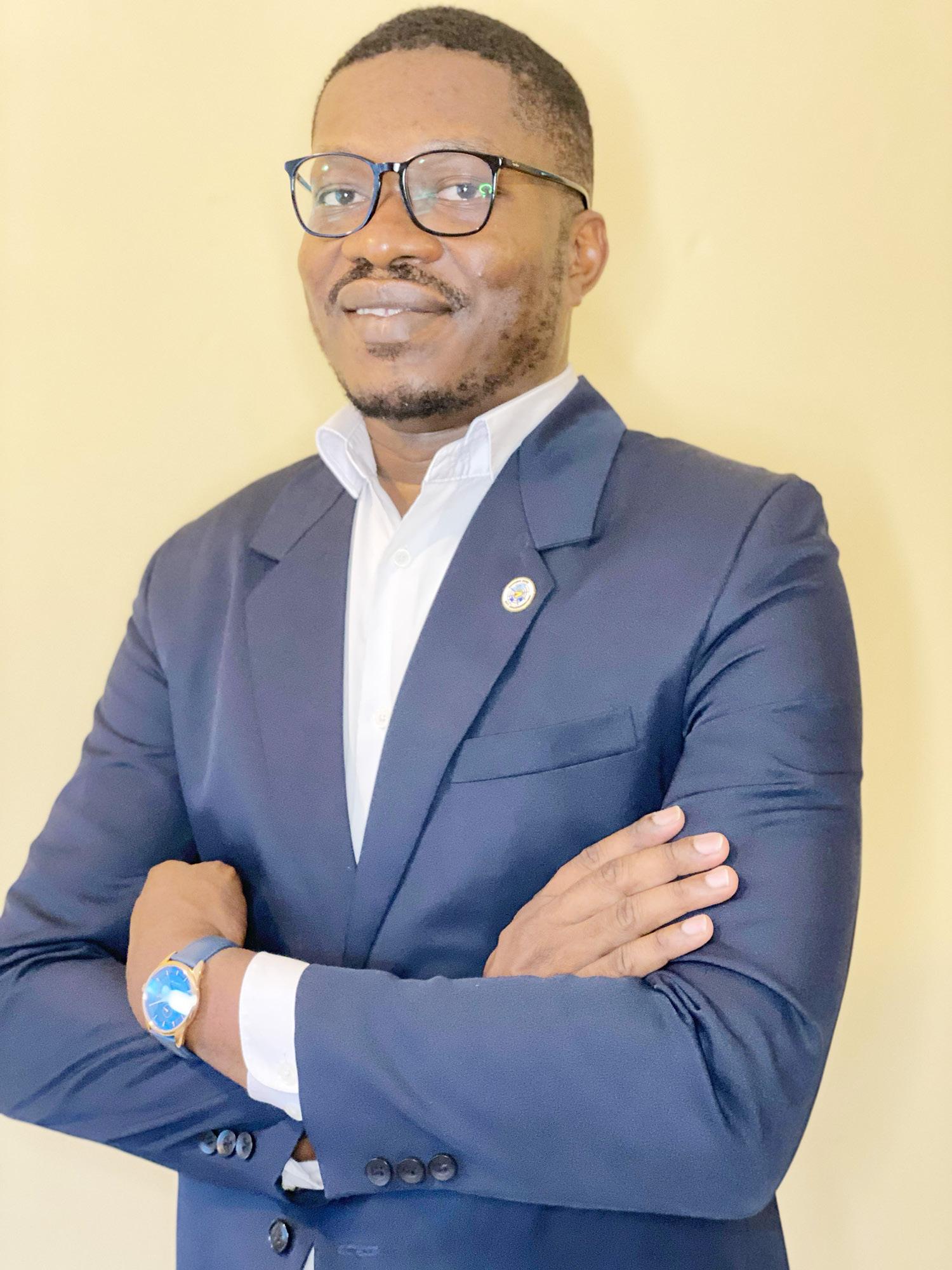
that."
Although one of the driving forces behind the Scouts is traditional know-how, recent years have seen some major changes within the association, with the most significant being collaboration in STEM.
Highlighting this addition, David stated, “We have done a lot of new changes re-
Scouts aim to adapt to the changing interests of children.
While nature and the outdoors remain a big focus point for the scouts, approaching problems with STEM is what the association is working toward.
“But we realise that the interest of the children has changed. And
FROM PAGE IV
in the South Rupununi (21 communities).
He said the Wapichan Wiizi Wildlife Management Plan functions as a general 10-year framework produced by the collective villages of the South Rupununi District Council (SRDC) and their local partners to manage “water animals”, “terrestrial animals”, and “flying animals” that are important for Wapichan culture.
His vision
David reported that this plan suggests that villages are to establish rules for all uses of wildlife, including the meat and pet trade. It has contributed to empowering and training local communities and their representative institutions in the development of village-level guidelines for the use of wildlife in 12 communities, as well as to the first phase of implementing innovative management models, such as the Giant Anteater Community Conservation Zone and the Red Siskin Community Conservation Zone.
He pointed out that the project also supported a biocultural assessment in the Karaawaimin Taawa, a traditional hunting and fishing ground now threatened by the expansion of mining. The
management plan also included a wildlife monitoring component, utilising camera traps, as well as an assessment of the impacts of roads, bushfires, and human-wildlife conflicts.
A checkpoint was established in South Rupununi as a collaboration among the Shulinab Village Council, the South Rupununi District Council (SRDC), and the GWCMC to control illegal activities in the Wapichan Wiizi territory, particularly regarding wildlife trade.
Finally, the implementation of the plan also involved an ambitious environmental education programme, including inschool curriculum, citizen science, and after-school training in traditional knowledge skills.
In addition, the project helped upscale river turtle conservation initiatives at the regional scale. The Regional River Rupununi Freshwater Turtle Management Plan concerns the Rupununi region as a whole but focuses more specifically on 15 riverine villages along the Rupununi River which are highly dependent on aquatic species for their livelihoods and cultural identity, he said.
David related that the plan aims at recovering river turtle populations of

six species present across the Rupununi and explores sustainable options. Prior to the project, one conservation initiative for freshwater turtles had been pioneered by Caiman House Inc. (CHI) in Yupukari village. During the project, river turtle conservation was replicated and adapted to four other communities (Sand Creek, Apoteri, Katoka and Rewa) with support from the South Rupununi Conservation

Society (SRCS) and Caiman House Inc. (CHCI).
He pointed out that based on the early success of these initiatives, more communities requested to join the initiative and, in September 2022, it was proposed that the management plan should be a regional management plan, inclusive of all 15 riverine communities from the region, to ensure larger-scale impacts for the benefit of the Rupununi as a whole.
“One of the major achievements of the SWM Programme has been the consolidation of capacities vested in local institutions involved in the management of wildlife. In total, four civil society organisations and two indigenous community groups representing communities at the district level were consolidated. The project supported them with strategic planning, staffing, management and financial skills, and various technical expertise.
In addition, to ensure that these local institutions could better interact with, and influence, national policies, the project also facilitated the signing
of memoranda of understanding (MoUs) between these local organisations and national government bodies; for example, Rupununi Livestock Producers Association (RLPA) and the Guyana Livestock Development Authority (GLDA), Visit Rupununi (VR) and the Guyana Tourism Authority (GTA), NRDDB and The Fisheries Department, Ministry of Agriculture (MoA), the SRDC and the GWCMC.
Another notable achievement was the successful handing over of the One Health Platform to the GLDA, marking a significant step towards a national implementation, surveillance, and response system to help Guyana better prepare for diseases that can spread from wildlife to humans,” he said.
David stated that in Guyana, the first phase of SWM was directed towards empowering local communities and grassroots groups involved in wildlife management, as well as consolidating management models at the biocultural landscape level.
He related that, as a
follow-up, the second phase represents a unique opportunity to consolidate these landscape-level management plans through strengthened village-level governance structures and institutionalised links with relevant governmental structures, following the co-management logic.
In addition, CIFOR-ICRAF through the SWM Programme has created the “Biodiversity Component” project to test and compare six methods: camera trapping, acoustic monitoring, environmental DNA (eDNA), fish stock assessments, bird counts, and Traditional Ecological Knowledge (TEK). Communities can utilise the recommended methods and indicators to monitor their biodiversity, inform decision-making, create village sustainable plans, and contribute to acquiring biodiversity credits.
This second phase seeks to create avenues to ensure the sustainability of these efforts in the long term through sustainable business models.
FROM PAGE VI
there's a lot of children that are still— that are very heavy tech-based. So we want to involve tech. And we can still do tech things.” David further added, “So we can still teach the lessons, but just using different mediums. So I think a big accomplishment of ours has been being able to embrace more tech into the association.”
However, the introduction of STEM is not the only significant change made to the
Scouts. The association is now more inclusive than ever, hosting activities that teach skills for both young men and women.
As David explained, “A lot of our programmes, we don't do separate programmes for boys and girls. It's all co-ed now.”
However, STEM and inclusivity are just a few of the things that are just the tip of the iceberg. Moving forward, the Scout Association has big plans,


particularly in the area of collaboration. With a national camp slated for November, the scouts are always welcoming new members and scout leaders to continue teaching new and vital skills in an ever-changing Guyana.
So whether you’re a well-informed adventurer with a passion for children or a parent with a child who loves the rough and tumble, you can make contact with the Scout Association of Guyana online and via their website.

career that includes international consultancy. From horses and dogs to snakes and hamsters, there are few animals he hasn’t worked with. “We once delivered an anaconda to the Guyana Zoo,” he added. “I also assist National Parks with their ponies and horses. I’m really all over the place when it comes to animal care.”
Animal Kingdom Pet Care and Veterinary Services Hospital, located in Mon Repos, East Coast Demerara, was established by Dr. Bassoodeo and opened earlier this year. Since then, the state-of-the-art facility has bridged significant gaps in animal healthcare. Said to be the first of its kind, the facility is equipped with the best in animal care, and since its opening, the response has been nothing short of exceptional. “We’re open from Sunday to Sunday, even on holidays. We haven’t increased our prices or charged anyone extra. So far, things have been going great,” Dr. Bassoodeo explained.
A busy day in animal care
A typical day at the hospital is busy, bustling, and can be overwhelming. On average, the team handles 10 to 15 surgeries and 20 to 30 consultations daily. On hectic days, those numbers go even higher. As Dr. Bassoodeo shared, “Today alone, I did 10 surgeries. It took less than an hour,” he said. That kind of efficiency is not accidental. Before the pandemic, Dr. Bassoodeo once performed a record-breaking 108 surgeries in a single day— an achievement documented by national news outlets. Although impressive, Dr. Bassoodeo highlights the fact that each surgery requires more than pace—it takes an entire system in motion. “It’s not just about me. You need a team prepping animals con -
stantly, inserting catheters, checking vitals, shaving, disinfecting— it’s a whole protocol,” he said.
Supporting strays and building systems
Dr. Bassoodeo is no stranger to caring for strays and has been one of the few doing so for years. Several years ago, he reached out to the Humane Society International from the United States and was later sent to train in Panama. When he came back, Dr. Bassoodeo began working alongside the Guyana Society for the Prevention of Cruelty to Animals (GSPCA), where he was an integral part of one of the largest-ever spay and neuter programmes Guyana has seen. “We used to spay, neuter, and release 300 animals every three months. Every three months. At the GSPCA.”
Dr. Bassoodeo has maintained the same momentum with Animal Kingdom, treating stray animals twice a month that the GSPCA brings in. “Every single month, we do twice a month here for the GSPCA. We care for 40 animals every two weeks for the GSPCA on the same low-cost programme. So we do 80 animals a month for them,” he stated.
Dr. Bassoodeo’s mantra is simple: “Prevention is better than cure.” He encourages pet owners to regularly vaccinate, deworm, and use flea and tick repellents. With Guyana paying more attention to animal rights and an increasing number of people becoming pet owners, Dr. Bassoodeo says there are some simple tips every pet owner should know. Calling pet ownership a lifelong commitment, Dr. Bassoodeo shared that, “One of the biggest mistakes is that people don’t understand the full responsibility of having
a pet,” he said. Making a heartfelt call to pet owners to be compassionate toward their pets, he stated, “As long as that pet is alive, it's your responsibility. And that pet becomes a part of your family. We cannot have an animal that we call a pet and then say, when the animal is not feeling well, we'll take it next week. Because if you're sick, you will go right away to see a doctor. Same for the pets.” He further added, “And not only take the pets for their health. The pet has to be fed. They're not like us; we have a toilet. They will make mistakes like all of us, but we have to bear with them. They will learn. Pets learn, but they don't learn as fast as humans.”
As he looks to the road ahead, Dr. Bassoodeo remains optimistic about the steady rise in the standard of veterinary care in Guyana. Highlighting a few milestones the country has seen in the field recently, he shared, “There has been a significant change in veterinary care for animals. Now we can perform oncology testing with a simple machine—tasks that required biopsies and other procedures before. We are doing inflammation markers. We are doing things like stuff for tumour markers. We now have a high-tech ultrasound system. X-ray system.”
He further added, “In our system, we have three dedicated digital radiography systems for animal healthcare. Never had that before. We have seven haematology machines. The country never had this in 2017. So, in about five to seven years, we have managed to develop all of this. So if it is better, it is more than better,” he said. FROM PAGE II
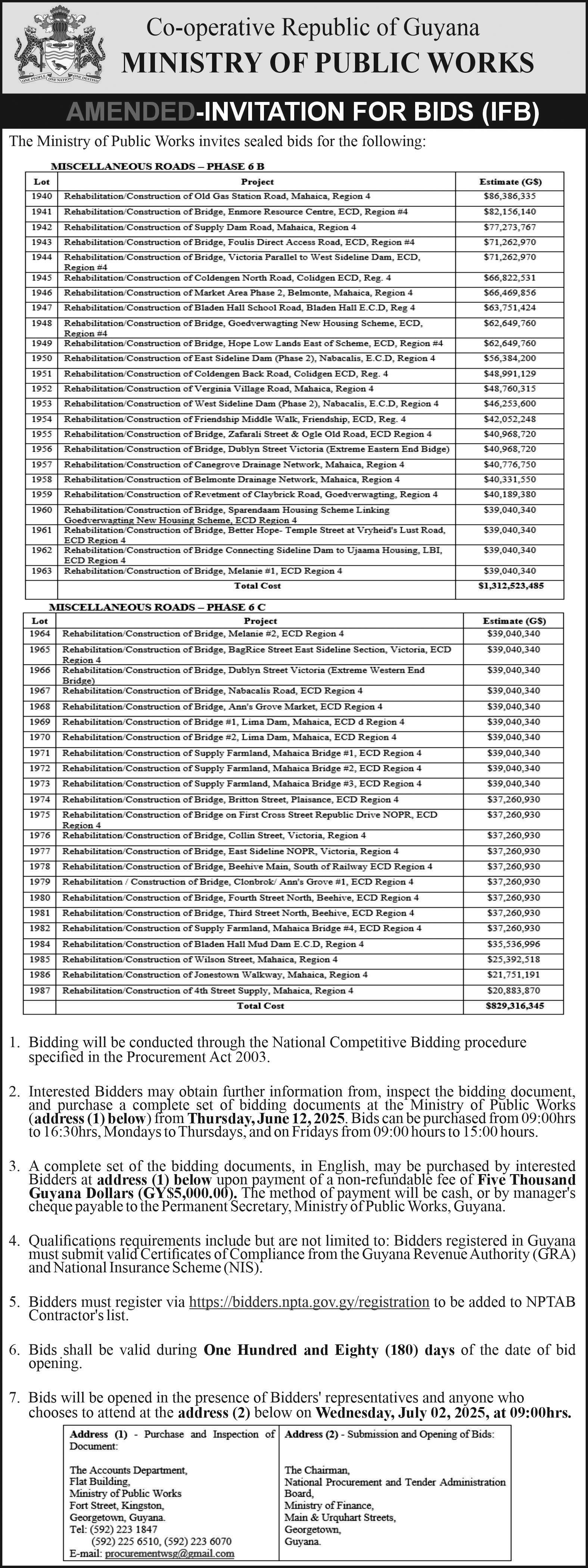

ABOUT a year ago, I wrote about a school friend, whom, despite the comfortable conditions described back then and today as “Better off” of his relatives and environment, gravitated to the dark side; And as a child, my guardian always said, 'If you investigate the darkness, it will look back at you with a welcoming embrace.'
This lost school friend reminded me of a natural-life observation on TV that cannot be remembered without recapturing this school time and classmate. The photographer who captured that footage must have been an anthropologist, concluding on this unexplained link between humans and primates. There was this family of monkeys grouped together on a
tree. Below them was a Giant snake, coiled r estfully on a much lower tree limb. This one monkey took it upon itself to first awaken the reptile, who still ignored him. From memory, another monkey or two intercepted their strange, intruding fellow but failed to do so. The eventual outcome for me and my family, who were watching
this show in the early days of local TV, was shock and disappointment when the serpent, an African Python, it seemed, wrapped its body around the ape in a fatal embrace. No one spoke when the show was over; much later, I realised that we just wanted to return.
What is this inquisitive, reckless behaviour and dance with danger
described as primate and human behaviour? What I have witnessed with this schoolmate of mine must not be confused with the severely underprivileged. His conduct was to defy and uproar against the very legacy that nurtured him, to defy gratitude. I was told that he had slipped into addiction, and the last time I saw him, I was in a minibus heading up the East
Coast. He was standing on the public road outside of the village of BV(Beterverwagting), half-naked, but with his clothing thrown over his shoulder, I later learnt that, that village had a street populated by drug outlets. I believe that there are people who seek noticeable recognition at all costs, mimicking real-life models from society.

FROM PAGE III
own community.”
But instead of retreating, Kim has become even more vocal in urging other creatives to keep showing up.
“Don’t be afraid to collaborate,” she advised. “Exposure is everything, and you never know who’s watching. You never know how that one post, that one event, will change everything.”
She gave praise to the brands she’s grateful to have worked with, such as Shasha Designs and Matapee Design. One of Kim’s breakthrough moments came when Marie and Me was featured at the Origins Fashion Festival.
“That event really changed things for me. It was the first time I felt like I was standing beside other serious designers—not just showing jewellery, but representing something bigger,” she said.
The heart of Marie and Me lies in its name—a name born from love and layered with meaning. It pays

tribute to Kim’s mother, Rose-Marie Shaw, the woman who instilled in her a love for beautiful things and a fierce sense of self.
“I want my mum to be part of my business even when she’s no longer here,” Kim said.
“She’s in everything I do.”
But the brand’s future rests with someone even younger—Kim’s
daughter, Saiesha Marie.
“She’s my motivation,” Kim shared. “That’s why her name will be on it too. So, she grows up knowing her name has value. I want her to see herself in this brand and know she can create, own, and lead.”
Marie and Me isn’t just about adornment— it’s about identity. Every product Kim creates

carries a piece of her story, and by extension, an invitation for others to own and celebrate theirs.
Whether it’s a bold statement earring or a delicate design that whispers elegance, Kim’s pieces say what words often can’t.
In Kim’s world, every earring is more than an accessory—it’s a statement. Of culture. Of perseverance. Of love.
To explore Kim’s handcrafted designs or book an earring bar session, connect with her on WhatsApp at (658) 5193, follow her on Instagram (@ marieandme.gy), or find her on Facebook at Marie & Me.
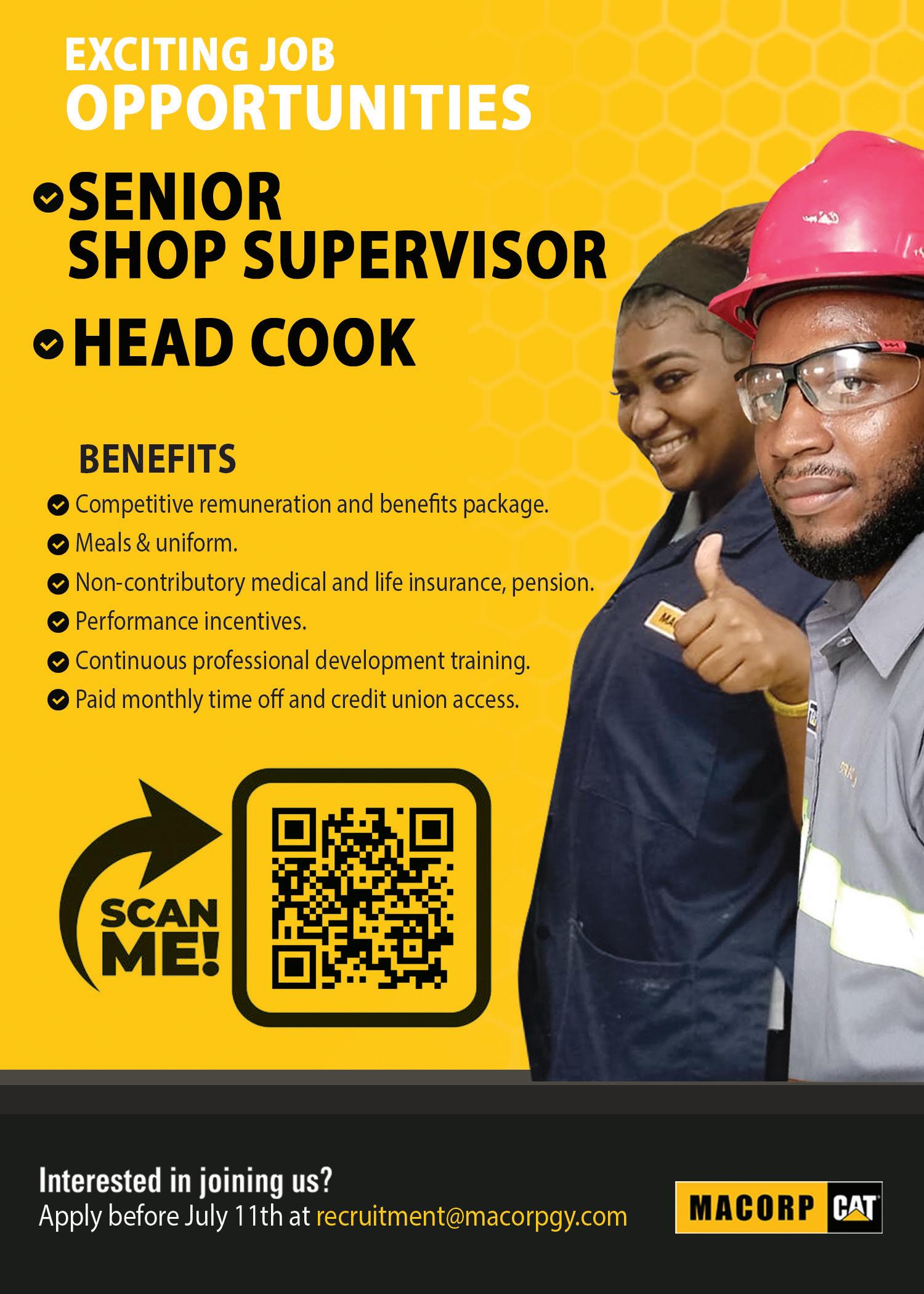

OVER the course of our lives, all human beings unfurl and bloom like the creased pages of a diary that is slowly being filled with fresh stories. We allow life to embrace us, and, in return, we are granted the space to be who we are. As we grow up, the gentle discomfort and pressures of creating your identity fade. Our skin becomes our armour, and our heart fills with the satisfaction of being able to live our lives just as we had imagined in our
childhood dreams. Even those who may not yet have attained their goals are comforted by the freedom of choice—the grace of knowing that, even though they have not reached their destination, they still have the power to steer themselves towards it. The reward for those who are true to themselves is the ability to look into a mirror and respect the person they see. They shall experience no loss or failure that can take away this ability from
them.
Recently, I discovered the story of Narcissus from Greek mythology. Narcissus was a young man who was prophesied by a prophet to live a long and fruitful life as long as he did “not know himself.” He was known to be extremely handsome but prone to rejecting the affections of others, no matter how sincere they were. Then, one day, as he was travelling through a forest, he came across a body of water and caught his reflection glimmering
on its surface. He leaned forward and watched as his own perfect face peered back into his eyes. Then, he remained there, falling in love with his own reflection until he passed away from thirst and starvation, unable to tear his eyes away from it. The spot where he died was marked by a bright yellow flower known as the Narcissus. We now commonly refer to the Narcissus flower as the daffodil.
The myth of Narcissus is a fascinating tale

that offers us a valuable lesson. It teaches us the dangers of self-absorption and the losses we may face by refusing to open ourselves up to the love and affection of others. We may speculate that perhaps if Narcissus had already been in love with another person, he might never have been inclined to fall so madly in love with himself. It also shows us that our destiny is rarely within ourselves. We may spend a lifetime preparing ourselves to be better people, but this preparation will not mean anything if we do not use it to change the world for the better. Beauty and good character have no power if their positive influence does not extend beyond our own boundaries.
The process of building an identity—of “knowing ourselves”—is necessary as we progress through our lives. Attempting to live without being comfortable with who we are is much like living in a space where we cannot fully walk, stretch, or look upwards at the sky. However, it is also quite easy to fall into the lonely path of knowing no one but ourselves. As we lean forward to watch our shimmering reflection grow and transform into something that we are
proud of, it is quite easy to forget to look around us at the people who are fuelling the successes and the joys we are experiencing.
The affections of others are a gentle influence. These affections can fade away and disappear long before we glance around and begin to notice that we stand completely alone. Yet, the emptiness they leave behind when they are gone is a mighty force. Those who have developed a strong sense of identity and learned to love themselves deeply will not be limited by the failures they experience or the losses they face. However, they are still quite open to the possibility of grief.
In a similar manner, it is possible for our own influences and connections to the world to fade away, just like the affections of others. When we fail to acknowledge and reciprocate the love that others proffer us, we will eventually lose it. If we stop reaching out to the world with kindness, we will ultimately lose our ability to impact it.
Each of us holds a massive power within us. Let us allow this power to extend beyond us so it can reach parts of the world that truly need it.

IN a vacant field not far from her home, where wildflowers bloomed, a young woman knelt down, her head bent, tears spilling softly down her face. She picked up a handful of dirt and sprinkled it slowly on the mound she was kneeling in front of.
little, “that I couldn’t get your treatment in time to save you.”
“So sorry, my sweet girl,” her voice broke a
Another life had slipped through her fingers, riding with the wind across the rainbow bridge.

Annalisa had taken her in from the streets a couple of months ago, a poor dog abandoned and left in the throes of hunger and suffering.
She had named her Honey and, with love, care and medication, she had tried to give her a second chance at life.
But though Honey’s health and condition im-
proved to a point where she could run and play, and the spark in her soft, brown eyes showed her happiness, she needed regular treatments.
TURN TO PAGE XV


Not everyone desires a companion, but those who do may need to do some research. It is tough to find a com-
panion without some amount of searching. Some people are busy minding their own business when their
companion finds them. This is a fortunate situation in some instances, but it may not be the same for others. Some

have been searching for a long time, but they may eventually give up on their search. It is recommended that you continue to search or keep your hopes alive, even though your success may not be as easy as it is for others. However, do not give up on your search for companionship. It is essential to have patience when seeking a companion with specific qualities.
Once the search is complete, it's time to build the relationship. It requires much attention and deliberate effort to make a relationship work. No relationship will blossom on its own; each partner must be willing to make an investment in the relationship. Investments may vary for each relationship, as some individuals already possess certain resources and qualities necessary for their relationship. On the other hand, other relationships will require more investment, as each person has their own challenges and has not brought many resources to this new relationship.
Communication is vital for all types of intimate relationships. However, communication has been and continues to be one of the most challenging
aspects of relationships.
Many partners often complain that they are unable to convey simple messages to their partners; on many occasions, this results in quarrels. Upon closer examination of the problem, it often reveals a connection to communication.
In relationships, disagreements are inevitable. Some disagreements start at the very first date. Disagreements may even continue in established relationships. However, the family must not live their lives with constant disagreements, as disagreements can drain mental energy and often lead to frustration. Partners need to find common ground or compromise on certain matters to maintain the peaceful enjoyment of the relationship.
Disagreements often set people apart instead of bringing them together. However, some disagreements are reasonable, as they may cause people to consider the other’s view or search for and find appropriate solutions.
With open communication between partners, there may be fewer disagreements, as each person can trust the other. When people have things to hide, it often makes their part-
ner suspicious, and that may prompt the partner to look for opportunities to uncover any secrets. The person who hides information will often be prepared to speak untruths, with little remorse, and it may become a habit.
Often, when two people come together, they have differing views due to their differences in education, background, or family. However, if the relationship is to go forward smoothly, they must be willing to share. Sharing ideas is better than keeping secrets. In the relationship, both parties are expected to grow. Growing together will require each person to know where the other is going and have a similar vision.
As the relationship progresses, both individuals bring ideas to the table, allowing decisions to be made for the benefit of the relationship. It may be a stage where each person no longer sees themselves as a separate entity and begins to gel, with ideas flowing faster than at the initial stage.
If one partner breaks trust, then the whole process of sharing ideas may have to start all over. This can be a painful exercise, but
quick forgiveness is very helpful in this process. When forgiveness is lacking, people may hold on to their position for a very long time and may not be open to others.
People will always have challenges and need someone to assist them. Some of these challenges can be related to the economy, work, family, or many other matters. Some of these issues may be easy to resolve, but others may be very complex.
There are some concerns that are resolved by themselves, over
time, without human intervention. For example, people may experience difficulties with the weather, which can impact their ability to perform a task. As the weather changes, they will be in a better position, without any human intervention, to continue their normal work.
At other times, people may struggle to resolve problems that affect their lives—for example, a family dispute, a dispute between a couple, or similar issues.
Your relationship is too valuable to be traded! Be courteous to people, but set your
boundaries. Being friendly is not a crime, but let people know your standards.
Many times people in relationships want to be nice to everyone, and they do not recognise that some have sinister reasons for acting friendly. It is important not to push people away, but it is also important to safeguard your relationship.
It is essential to spend time together in places to help the relationship grow. Both people tend to learn from each other as they move from place to place. At first, it may be challenging at times, especially if neither
person is accustomed to socialising, but as time passes, both may become more comfortable doing something that is important to help build their relationship. Whenever people in a relationship do things together, they will eventually develop a greater bond, and before they recognise it, they almost become one. Partners can visit private places, such as the bathroom or a salon, together, or they can go to public places, like the market or a bank.
Visiting places together should not be a robotic exercise; partners should be able to

engage in a meaningful discussion along the way. There may never be enough time at home to discuss all matters, but as people visit places together, they can continue their conversations, thus strengthening their bond.
Your relationship may not be perfect, but it most likely is not the worst either. Make it your duty to promote your relationship. If those in the relationship speak badly about it, then who will respect the relationship? The earlier both people begin to speak well about their relationship, the better the chances that their relationship will succeed. If partners constantly speak negatively about their relationship, it is not surprising that the relationship has struggles.
Many people don’t realise that they were condemning their rela-
tionship and someone who had a vested interest capitalised on such free information, which promoted an extramarital affair. When your relationship is having a problem, find someone to share the challenges with—someone who, you are convinced, has the best interest of the relationship at heart. Remember, not everyone will be happy with the success of the relationship. In times of trouble, there is the need to find a shoulder to lean on that will provide good advice for both people.
For more information about Geary Reid and his books:
• Amazon: http://www.amazon. com/author/gearyreid
• Website: www. reidnlearn.com
• Facebook: ReidnLearn
• Email: info@ reidnlearn.com
• Mobile #: 592645-2240


THE bad news is that chronic gum disease, also called chronic periodontitis, cannot be cured, although most of the symptoms may disappear for months after treatment. This condition is generally only controlled by dentists and patients. The disease develops from simple gingivitis, which is believed to occur in everyone from time to time. The key is not to allow it to worsen, which can ultimately lead to chronic gum disease. Of all the diseases affecting humanity, gum disease is the second most prevalent. However, this condition is not a single entity—various kinds exist. Fortunately, most people get the relatively mild form. However, there is a special type of gum disease, which is often seen mainly in people between 15 and 35 years and unlike any other, it is painful and generally attacks its victims in groups.
This infection is called acute ulcerative necrotising gingivitis. Sometimes called trench mouth, the pattern of spreading on many occasions indicates that it is contagious, although some authorities do not accept this. In any case, its occurrence in groups of
people may be due to prevailing factors in the similar conditions under which they live.
The disease is characterised by the appearance of pain, redness, and erosions of the papillae (the projections of gum between teeth).
In fact, the gum line (where the gum meets the teeth) becomes necrotic and bleeds when touched.
Often, a greyish film covers the ulcer, which may eventually spread along the entire gum line. Finally, typically, fetid bad breath appears that is usually obnoxious. The patient almost always complains of an inability to eat due to sensitive or intense pain in the gums. The type of pain experienced is a superficial ‘pressure’. Typically, the patient experiences headaches, malaise, and a low-grade fever (37.2 to 39 degrees Celsius).
Excessive secretion of saliva, accompanied by a metallic taste, is often noted. The lymph glands of the neck can also be detected. In advanced or severe cases, there may be generalised or systemic manifestations, including an elevated white blood cell count, gastrointestinal disturbances, and an accelerated heartbeat. After healing, the papillae,
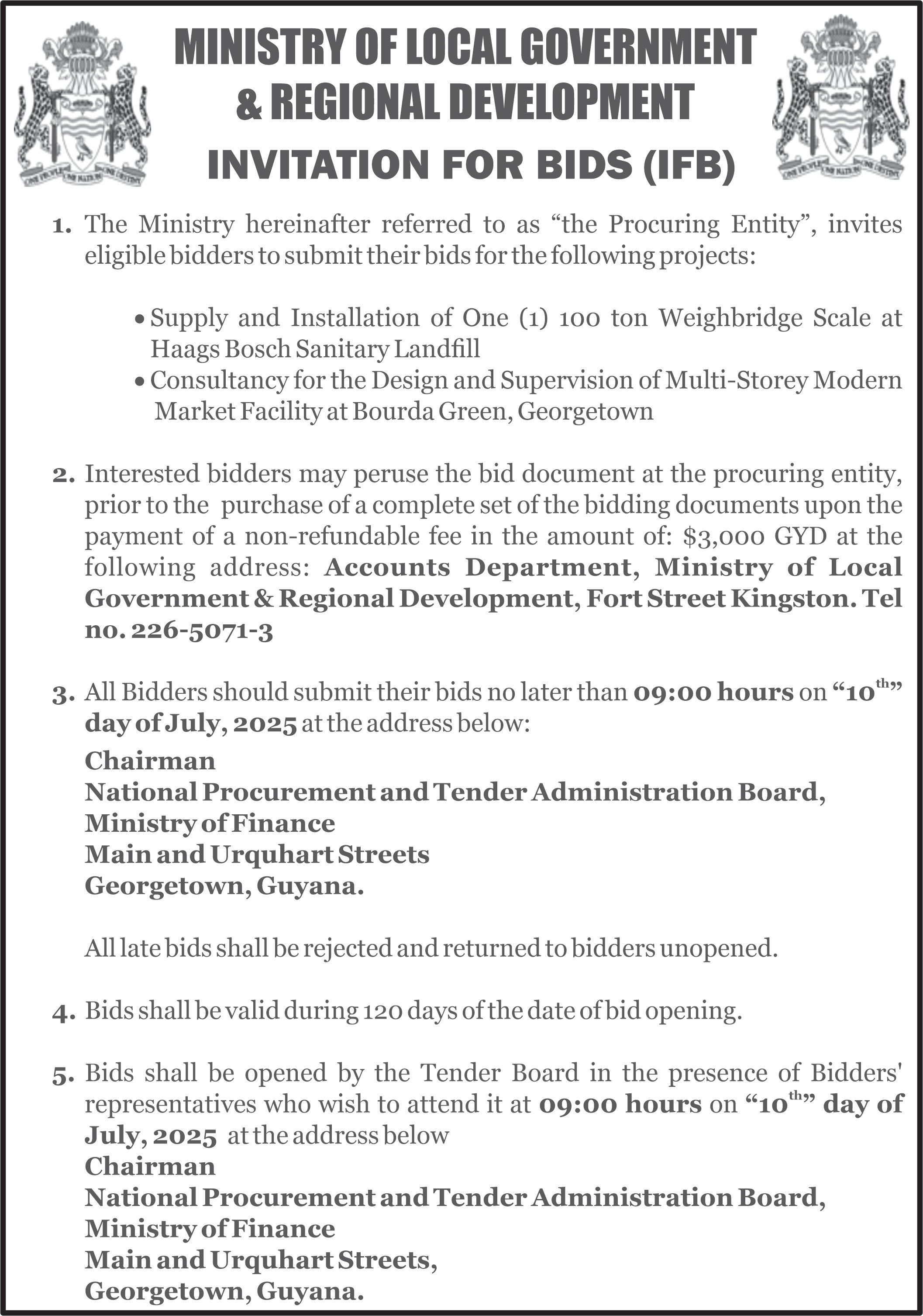
FROM
PAGE XVII
which have been destroyed, may leave a cavernous zone constituting an area that retains germs. This region can serve as an incubation site where the
disease could erupt at any time in the future.
Many researchers believe that trench mouth is a primary disease caused by a fusiform bacillus (rodshaped) together with
a spirochaete (corkscrew-shaped) called Borrelia vincentii. Because these two micro-organisms frequently exist in many healthy mouths, it obviously suggests that

some other predisposing factor is involved in the actual case of infection.
To confirm this, scientists have never been able to induce trench mouth artificially in people. The most important factor which predisposes someone to contracting trench mouth, according to recent evidence, is a lower resistance to infection—especially as a consequence of vitamin C and B-complex deficiency. World War researchers who studied the epidemic that attacked thousands
of combatant soldiers during the Second World War established that trench mouth appeared in the presence of chronic fatigue, deficient food, and precarious oral hygiene.
Without a doubt, psychologically stressful circumstances also play an important role. The treatment of trench mouth varies significantly depending on the dentist's experience with the disease. Some prefer to treat this condition conservatively, instituting only superficial cleaning of the mouth
in the initial stage, followed by scaling and polishing when the situation permits. Others opt for oxidising agents or antibiotics in collaboration with local therapy. In many cases, there is a marked regression within two days of the treatment, even without medication. It is reported that, occasionally, complications of this disease include oral gangrene, septicaemia, toxaemia (blood poisoning), and even death itself.












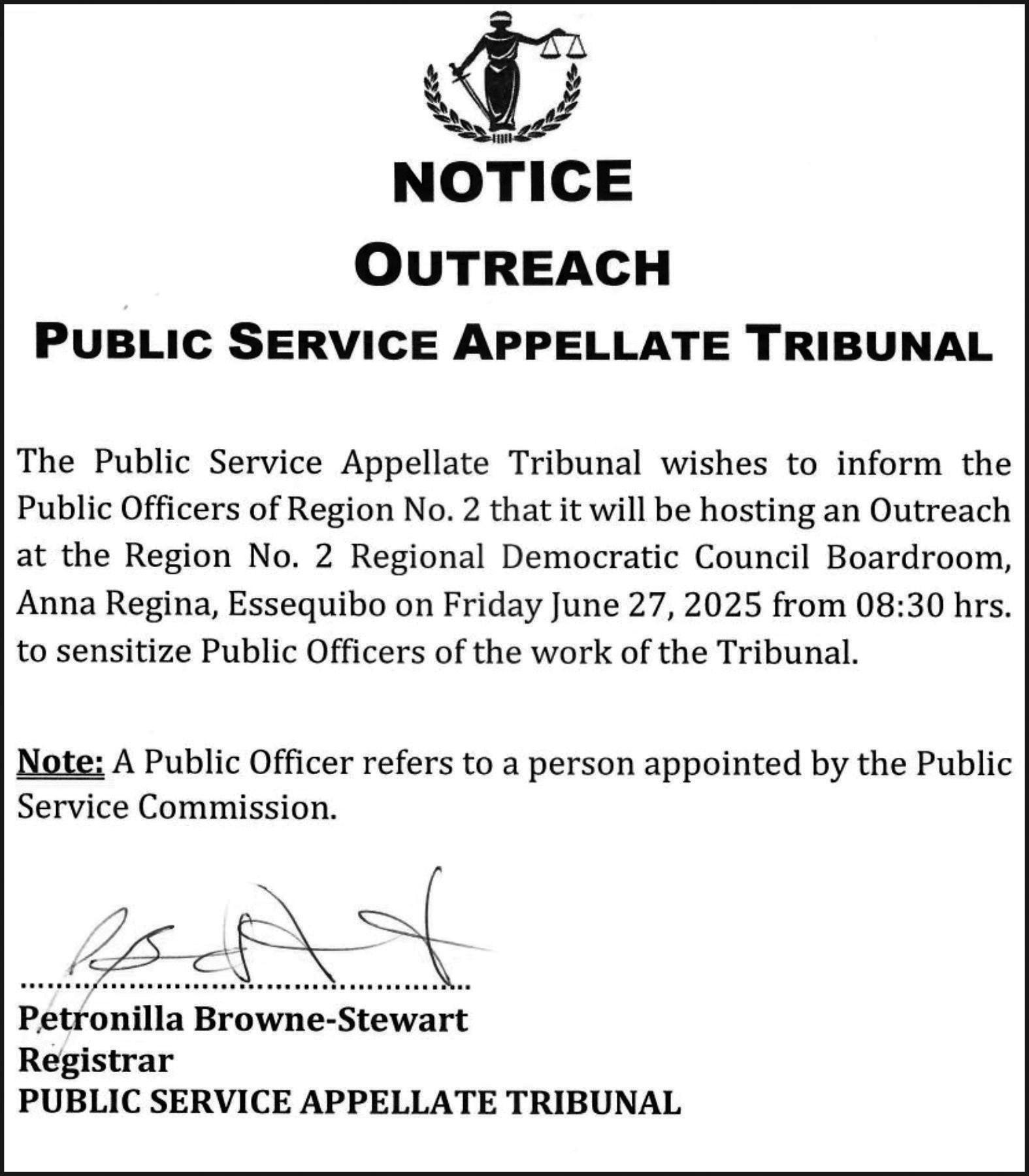
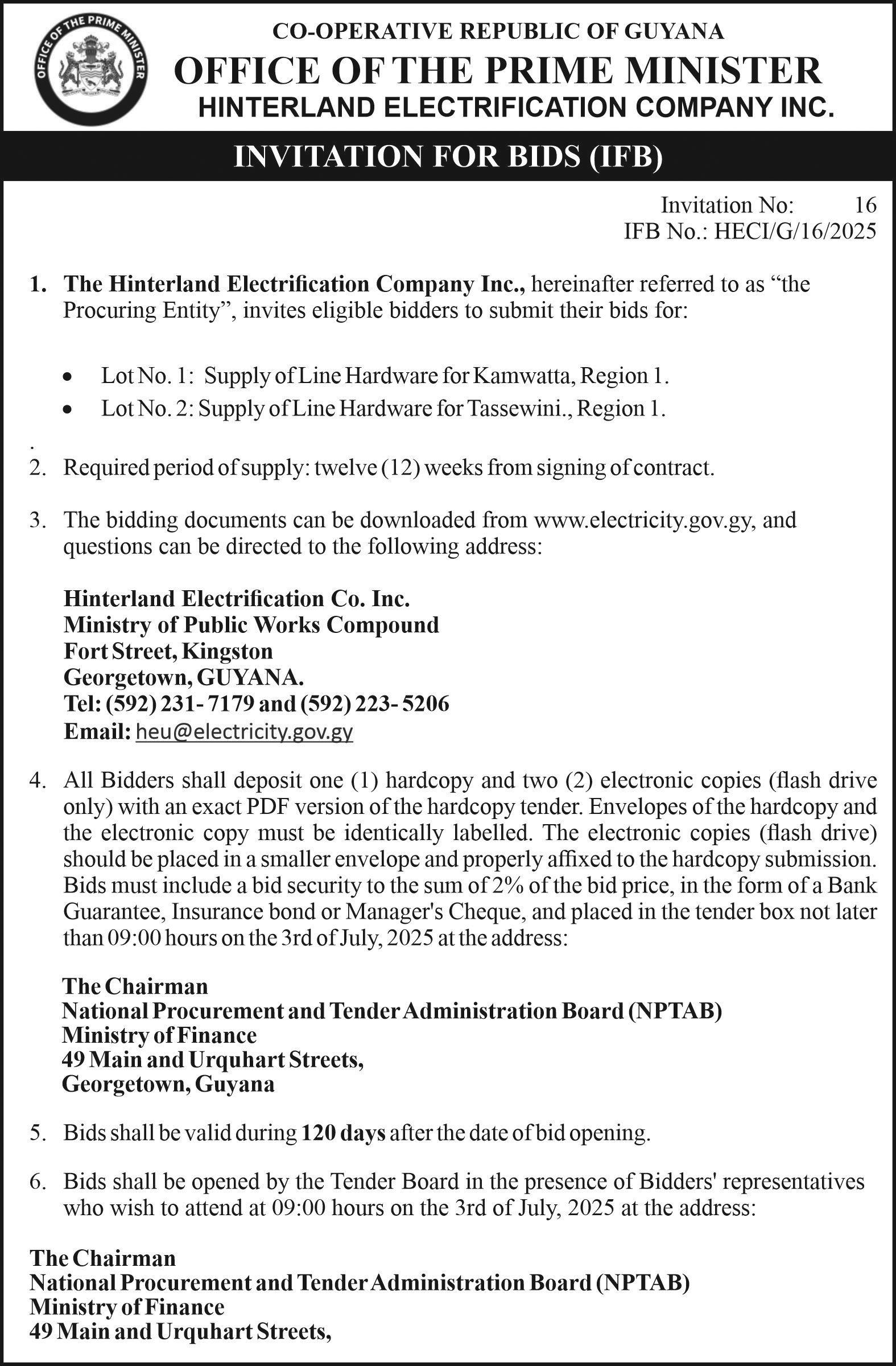






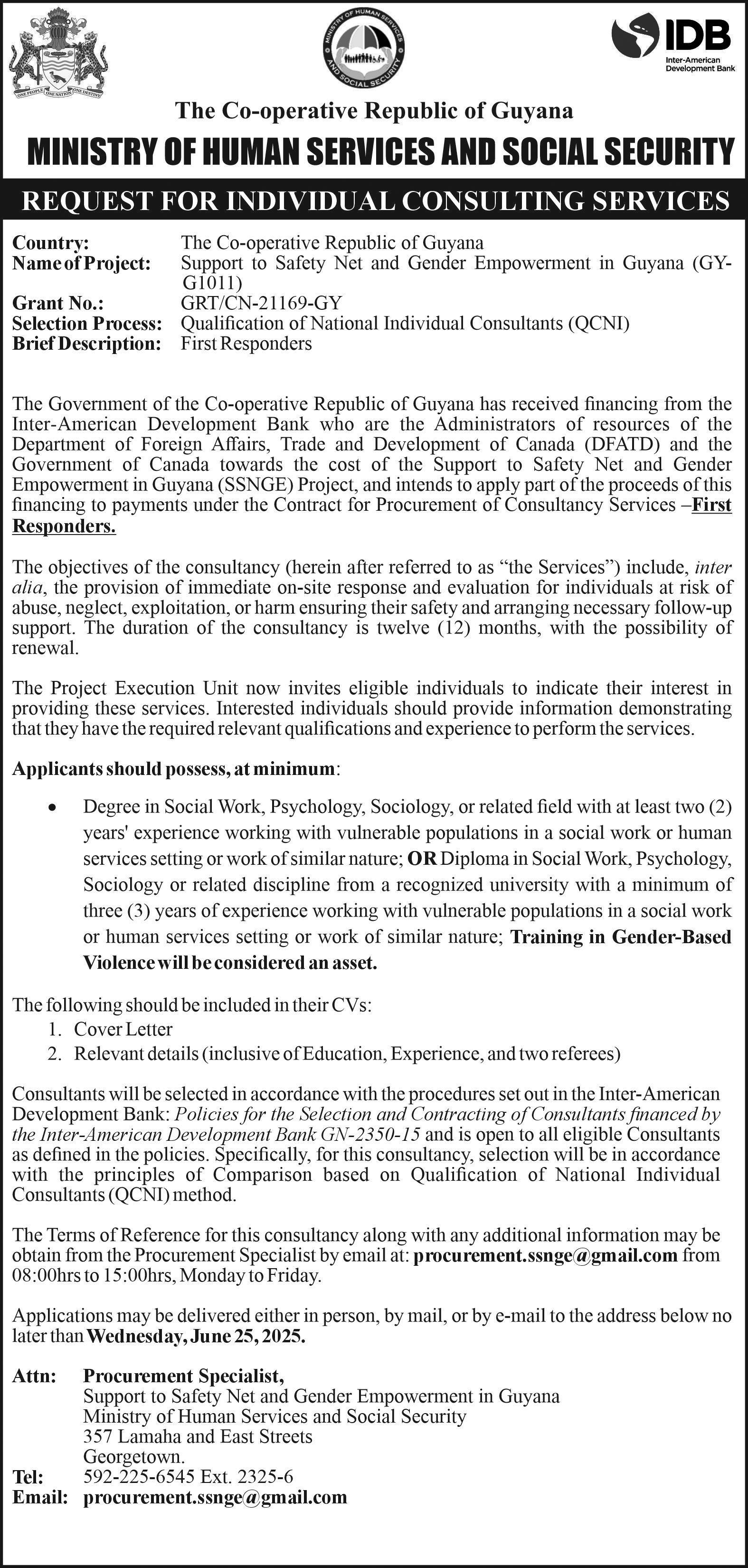



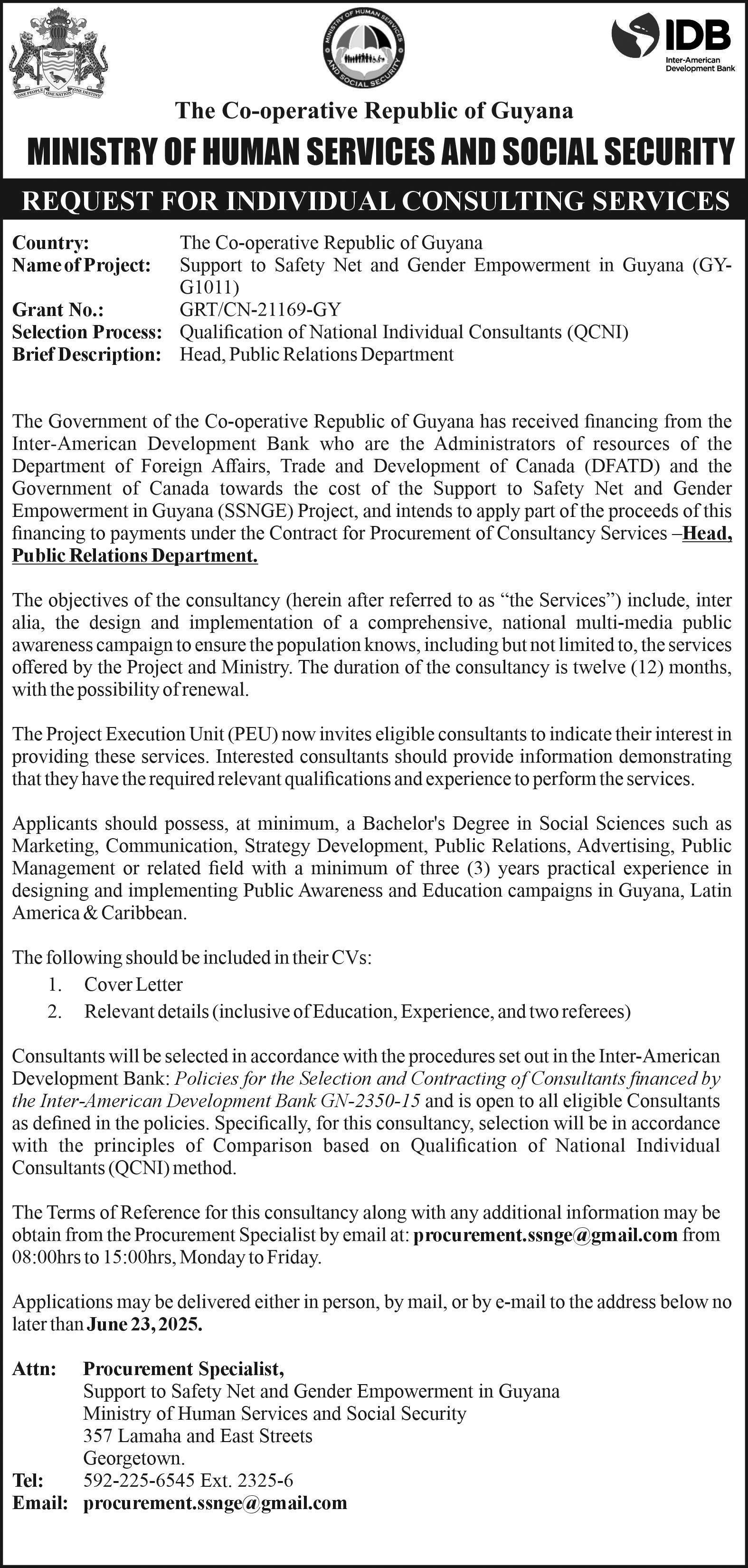



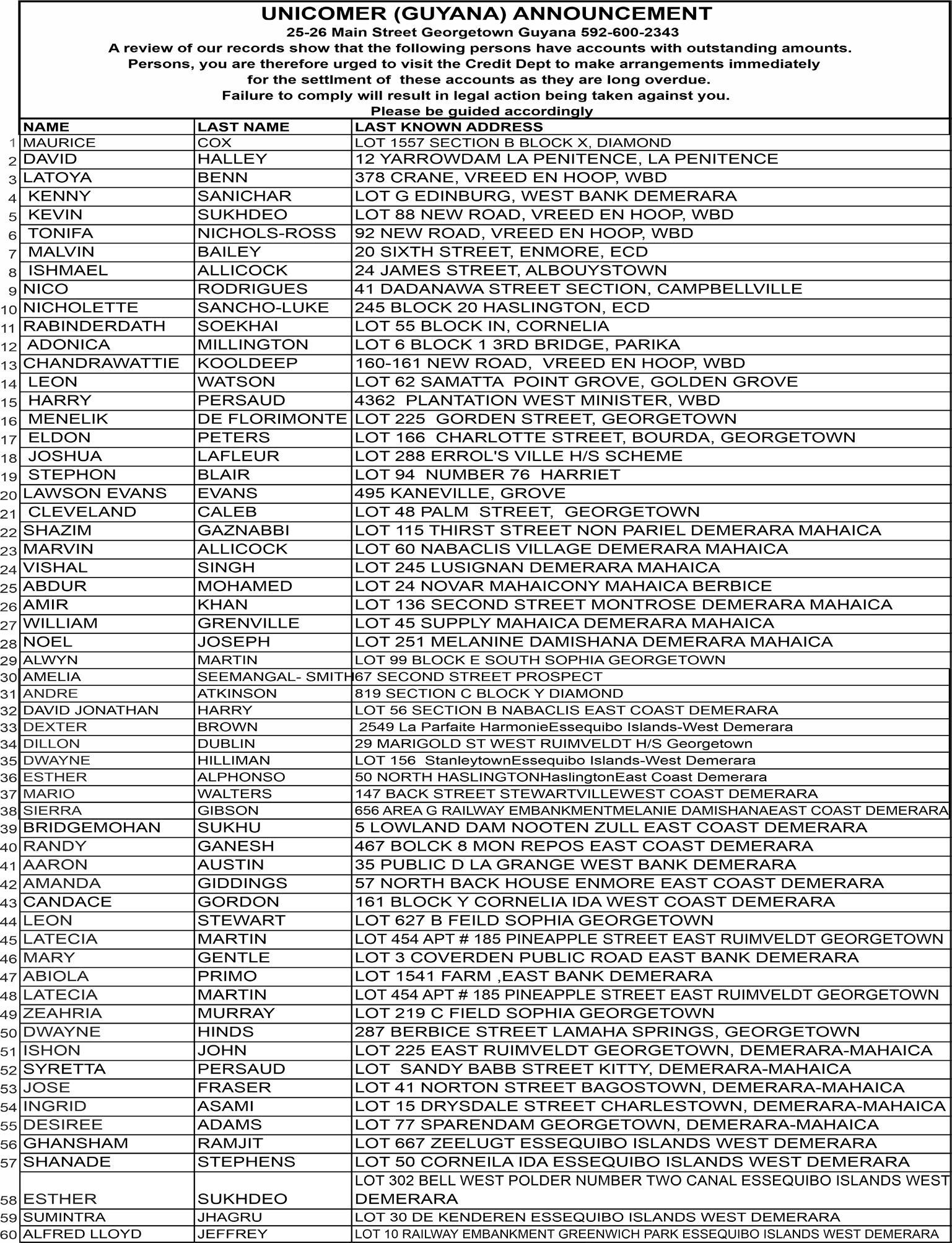


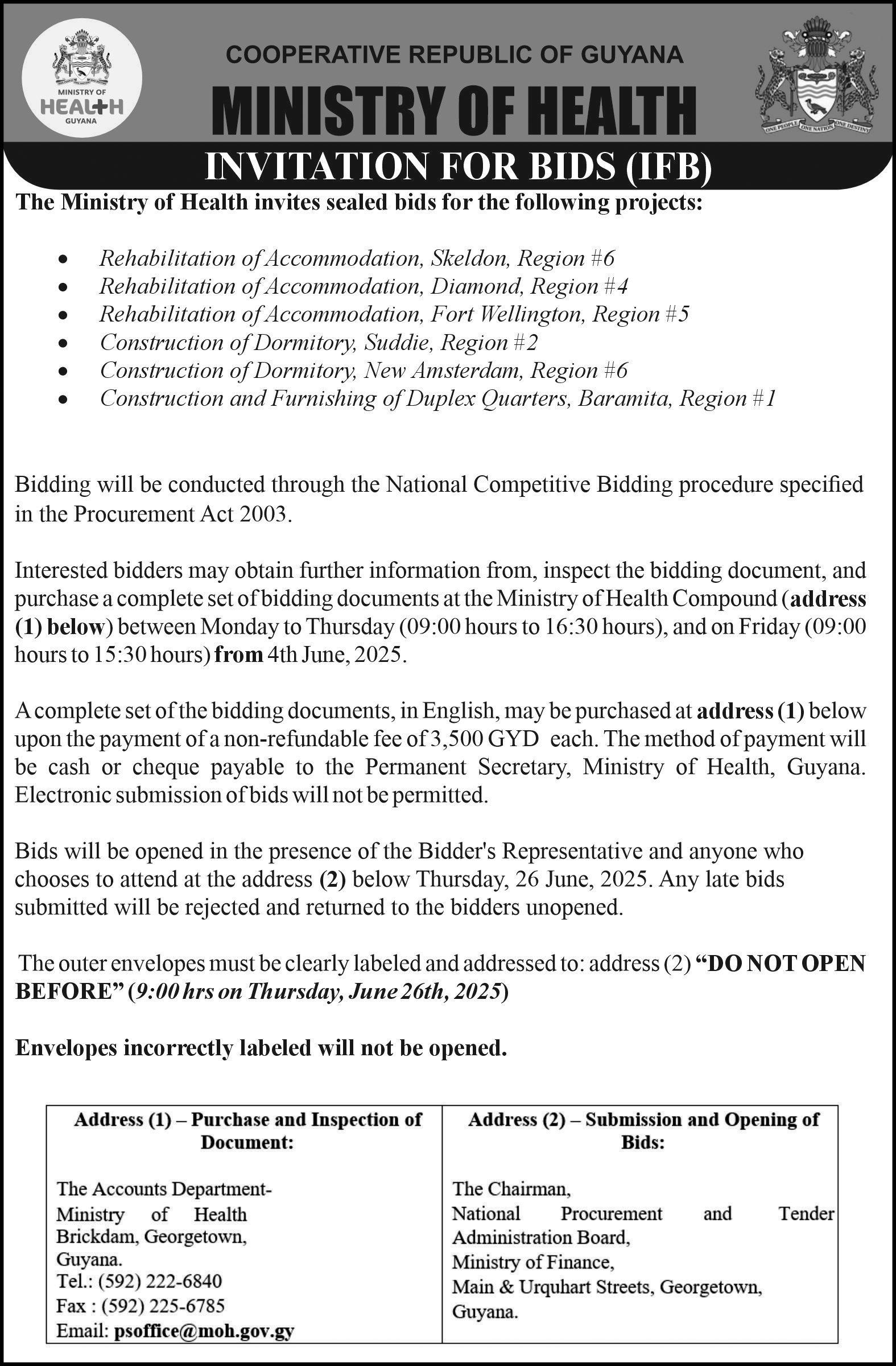

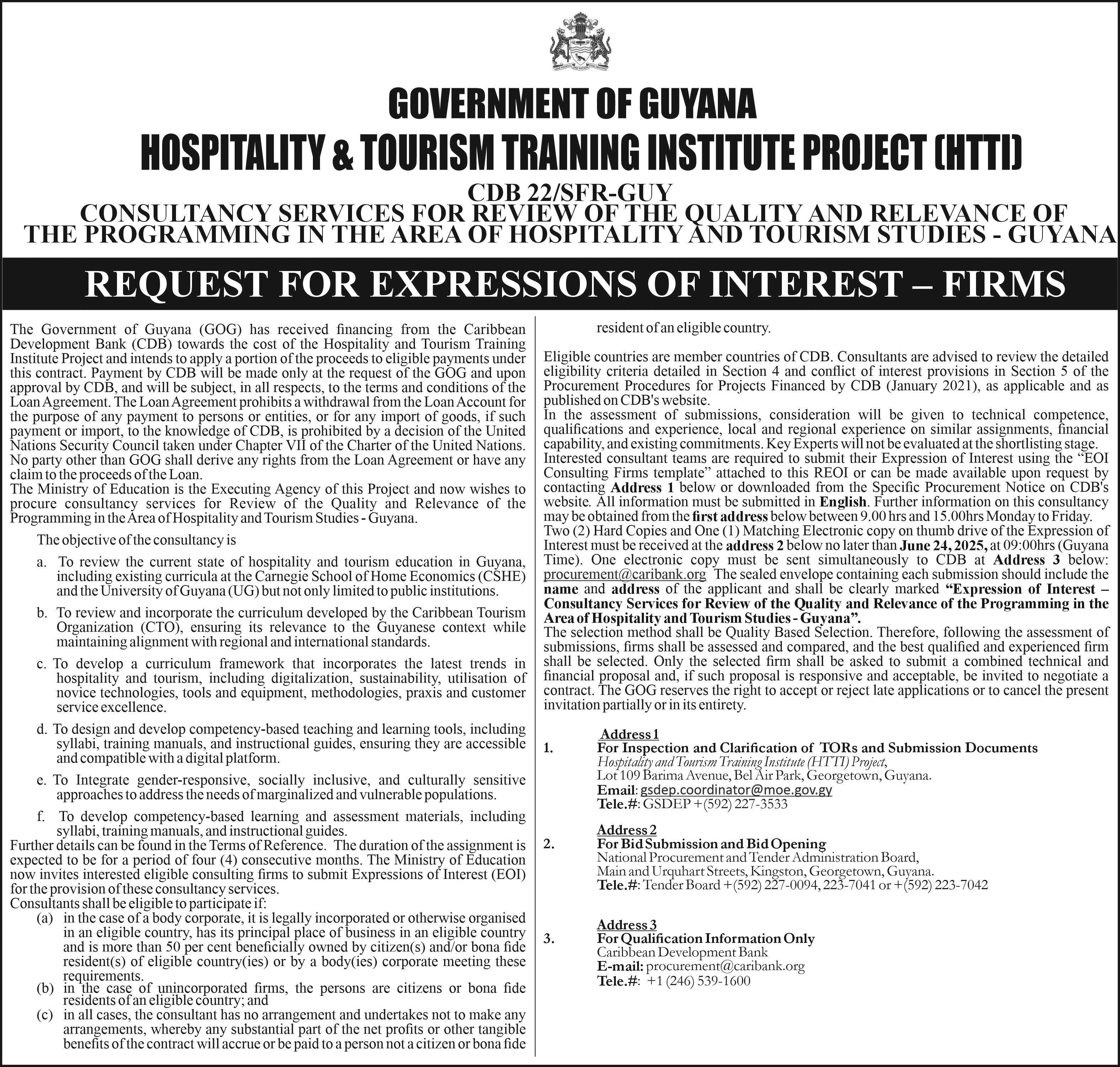



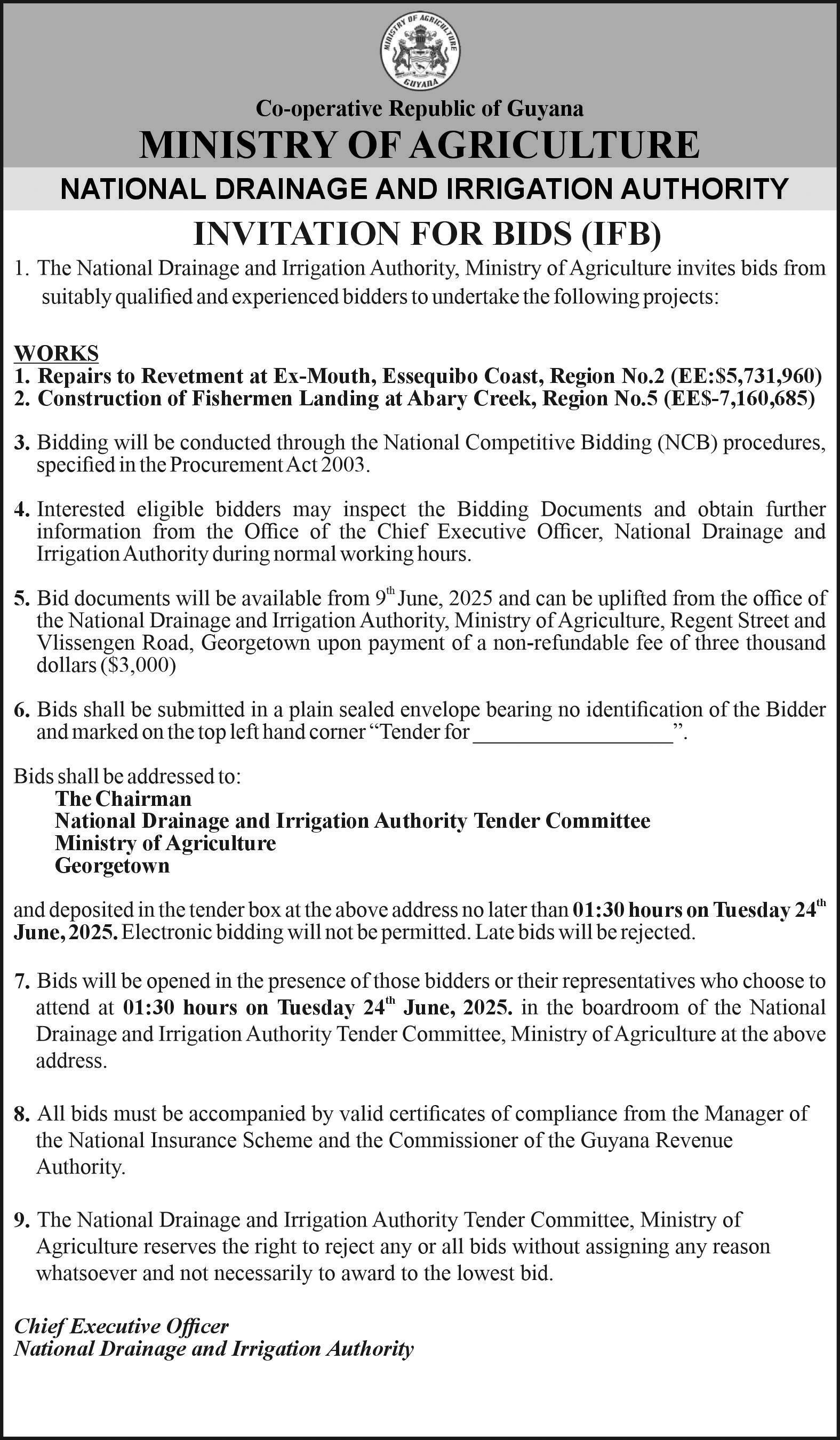



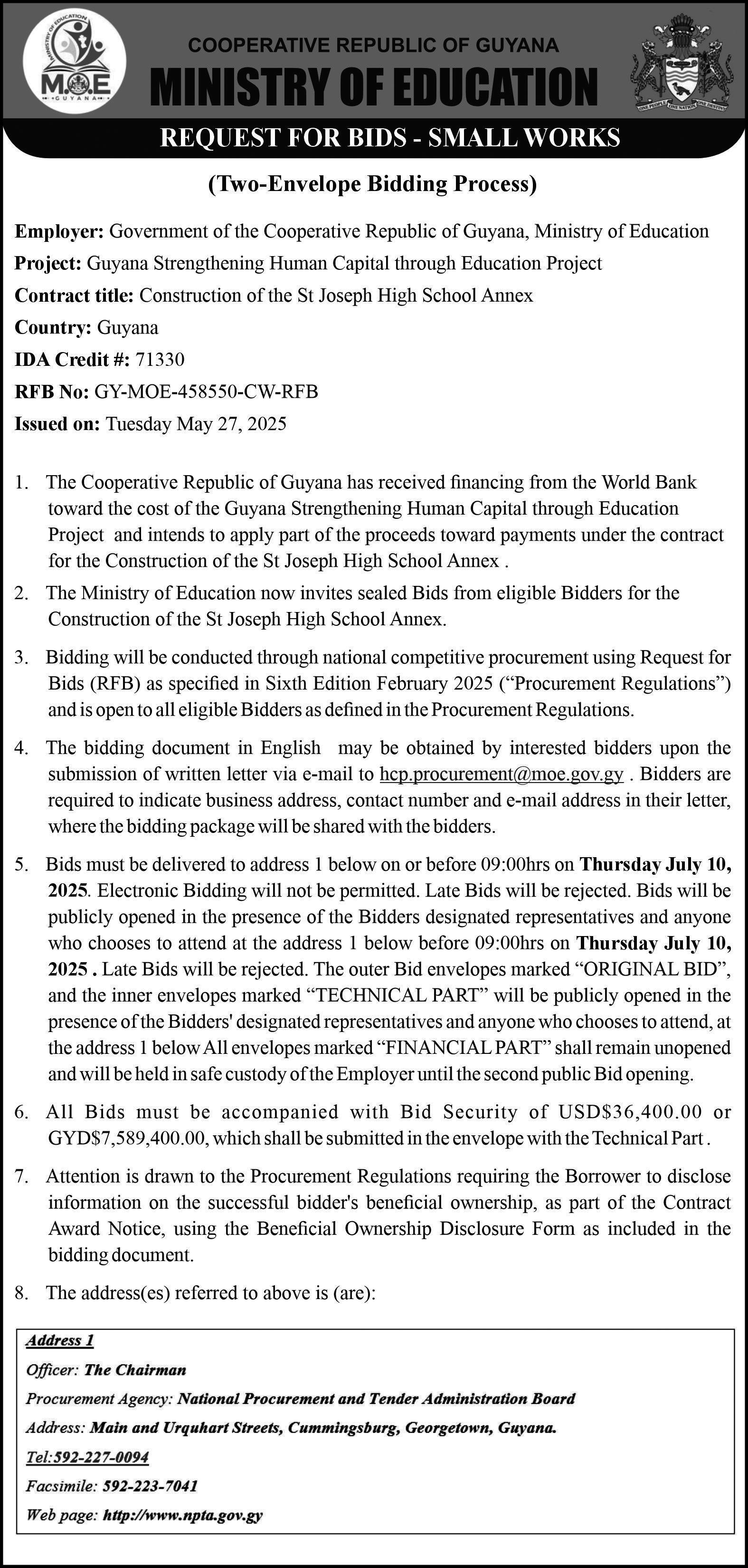
June 22, 2025
Welcome dear reading friend. This is your third week learning what active study combined with needed assistance is about. Now, to actively study, choose someone to teach the concepts and tasks you think you know. See how this solidifies your understanding and identifies gaps in your knowledge. Now, to seek needed assistance, be aware of your specific struggle, write it down clearly to benefit your chosen resource(s) and yourself; tap into them. See how this proactivity benefits your study. Be wise. Love you.
GRAMMAR
Punctuation of titles
Note: When you are typing and punctuating titles, use italics or underline for longer works like books, films, and periodicals, and quotation marks for shorter works like articles, essays, and poems. Their full stops (or periods), commas, question marks and exclamation points should appear inside the closing quotation mark. In other words, open the work with the inverted or opening quotation mark, write the name of the work (with all its punctuation marks intact), and then close with closing inverted or closing quotation mark.
For the titles of books, films, magazines, and plays use quotation marks only. Let us not forget to capitalize the title. Generally, the first word, last word, and all major words in a title are cap-
You should pray to have a sound mind in a sound body. JUVENAL (c.60-c.130)
italised.
Here is an example for dealing with shorter work containing an exclamation mark and capitalisation:
■ “What A Gentleman!” is the name of the chosen favourite poem from the library collection.
■ “Code Talker” is a great novel for young adults said the “Booklist”, starred review.
■ He was reading a book in the library called “Fire on the Mountain”. (See the full stop at the end of the sentence does not fall inside the title for it is the punctuation of the sentence as a whole, and not the poem title.)
■ Elizabeth Barrett Browning’s famous sonnet is “How Do I Love Thee?” (Here the punctuation mark is in the lifted commas for it is part of the title of the sonnet.)
■ They made it a priority to read “Politics and the English Language” by George Orwell.
Instruction: Read the following paragraph carefully and then punctuate and capitalize it as well as you understand it should be.
Your result should contain five full stops, one colon, several capitals letters, one lifted comma, and seven commas. There are five sentences within it. Its
first sentence contains four words. Its second sentence alone contains five commas! Challenge yourself to punctuate the favourite songs of school kids of the Glee Club found in the last sentence.
I see her face but what I hear still ringing in my minds ear is the glee club I belonged to made up of girls from the fourth fifth and sixth grades we rehearsed every day during the last period in concert we wore white cotton blouses and dark skirts forty voices strong we would line up at assemblies or at talent shows in the firebreak and sing out in unison all the favourites school kids used to learn beautiful dreamer down by the old mill stream shine on harvest moon battle hymn of the republic THE PASSAGE
Summary of a short passage
Note: Be reminded that a summary is a brief, clear statement giving the most important facts about a text. It is normally much shorter than the original text, but its length can vary according to the type of writing.
Instruction: Write a summary of the passage that follows in about 45 words. Two full-length sentences can do the trick for you
TURN TO NEXT PAGE

to have your summary well-written and without losing the main points.
The old lighthouse keeper, Mr. Henderson, had a daily routine that rarely varied. Every morning at dawn, he’d climb the winding stairs to the lamp room, meticulously clean the massive lens, and then wind the clockwork mechanism that kept the light rotating. After lunch, he’d check the foghorn, ensuring it was functioning properly. Evenings were spent reading by the fire, the rhythmic sweep of the light providing a constant, comforting presence. He lived a solitary life, but one filled with purpose and the steady rhythm of the sea.
THE PASSAGE
Comprehension of a text
Note: Text comprehension: According to one source, at this level of your operation, the reader should be able to actively engage with the text to grasp ideas, concepts, and the relationships presented by the author.
This is saying that you, the reader, must be able to understand what the author is trying to communicate. You must be able to connect your existing knowledge and experience to the text. Also to use critical thinking to extract and construct meaning; also to read between the lines, to predict, question, visualise and make inferences as you engage with the world through the written word.
Instruction: Read the passage that follows and then answer all ques -
tions set on it.
“What could be happening there, now that for the first time animals and human beings were meeting on terms of equality? With one accord they began to creep as quietly as possible into the farmhouse garden.
At the gate they paused, half frightened to go on, but Clover led the way in. They tiptoed up to the house, and such animals as were tall enough peered in at the dining-room window. There, round the long table, sat half a dozen farmers and half a dozen of the more eminent pigs, Napoleon himself occupying the seat of honour at the head of the table. The pigs appeared completely at ease in their chairs. The company had been enjoying a game of cards, but had broken off for the moment to drink a toast. A large jug was circulating, and the mugs were being refilled with beer. No one noticed the wondering faces of the animals that gazed in at the window.”
1. Which animals were asking the opening question in the passage?
2. Give the meaning of each of the following phrases: with one accord, farmhouse garden, tiptoed up to the house, seat of honour, completely at ease, broken off for the moment.
3. Give three personal views concerning this statement found in the first paragraph: “The animals and human beings were meeting on terms of equality.”
4. Why do you
think that the animals were half-frightened to enter the farmhouse garden?
5. Are these pigs
June 22, 2025
farm animals in a literal sense, or are they representing the human ruling class and political leaders? Support both
assumptions as far as possible through your knowledge about the world.
6. Give some de-
scriptive terms for Napoleon, the apparent leader among pigs and human beings on equal terms.
